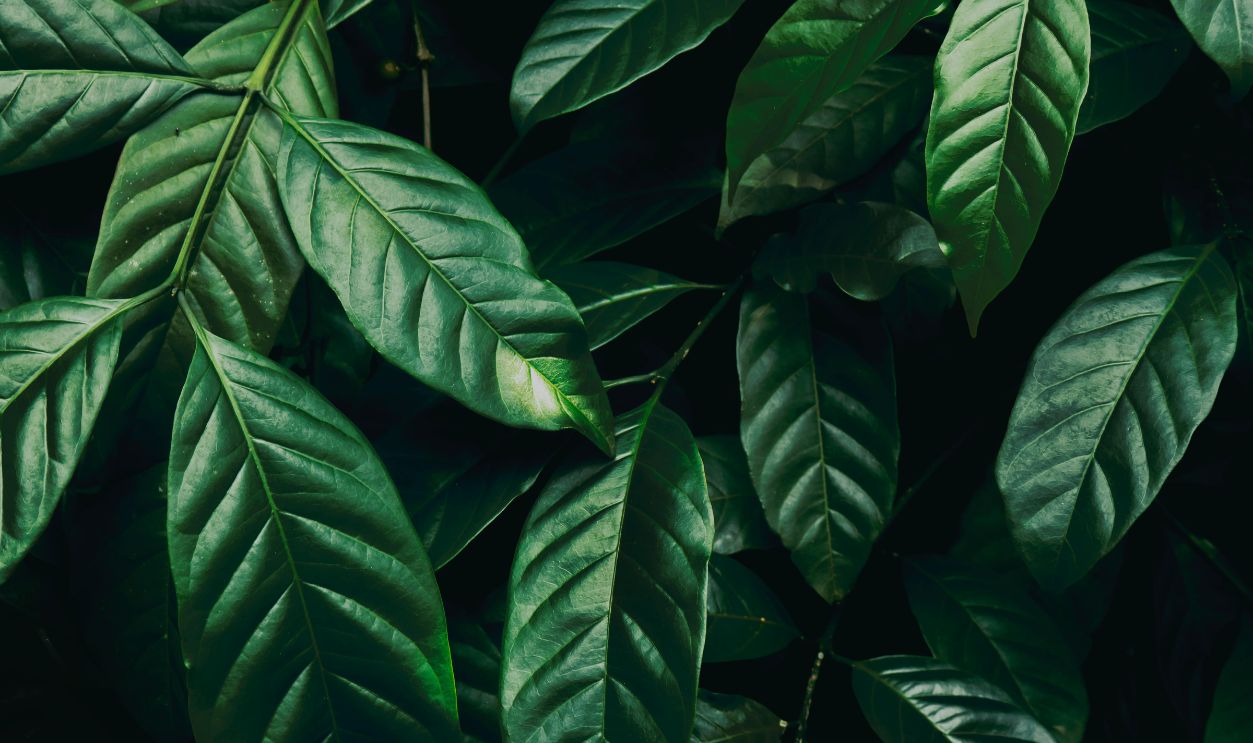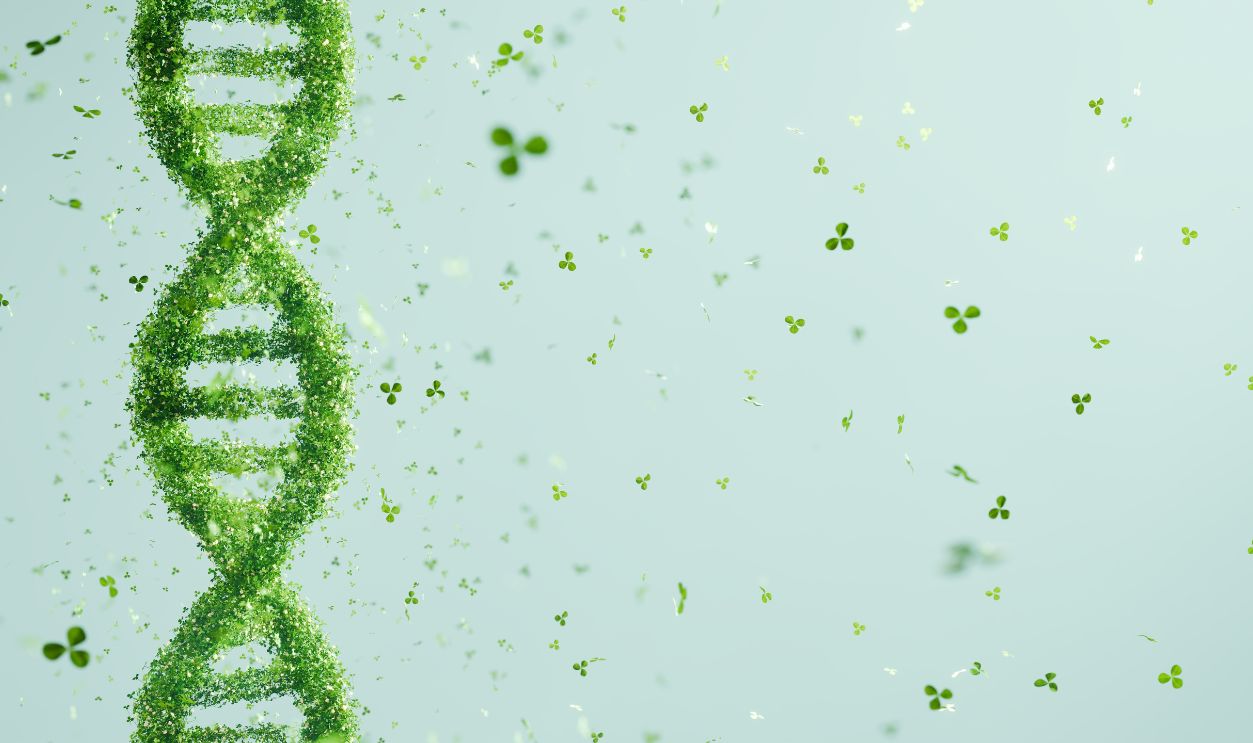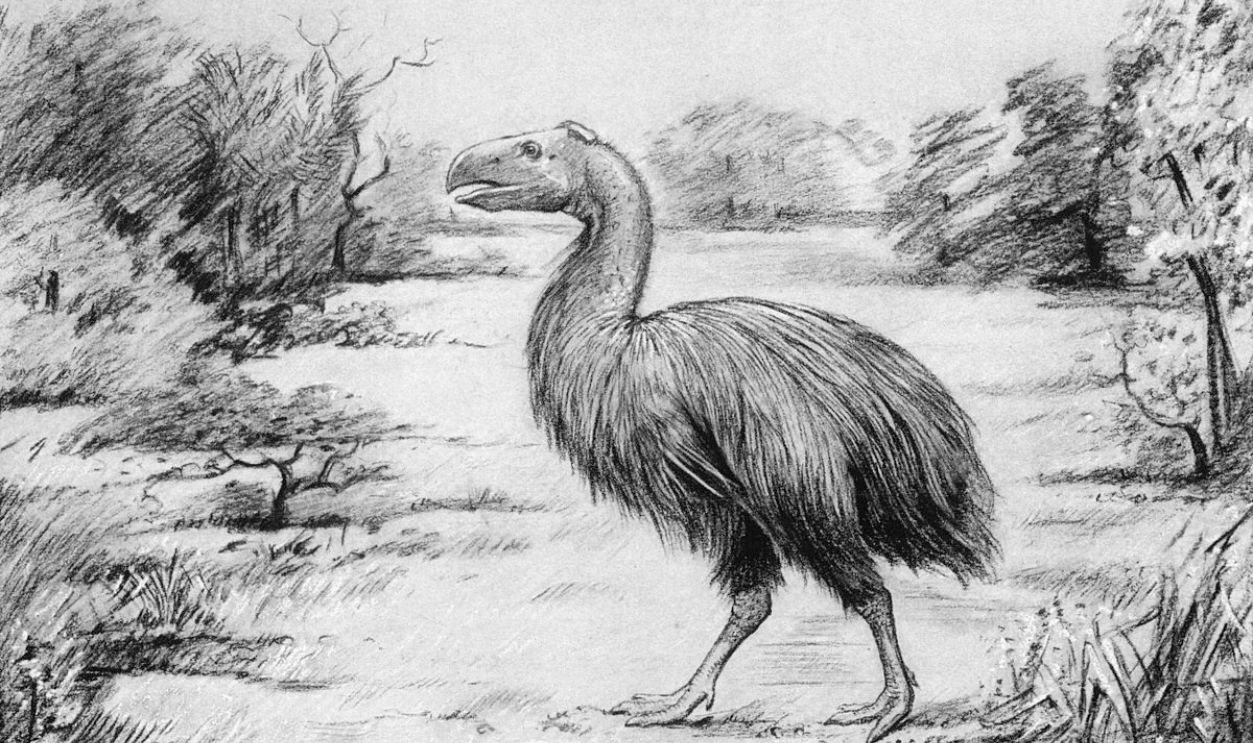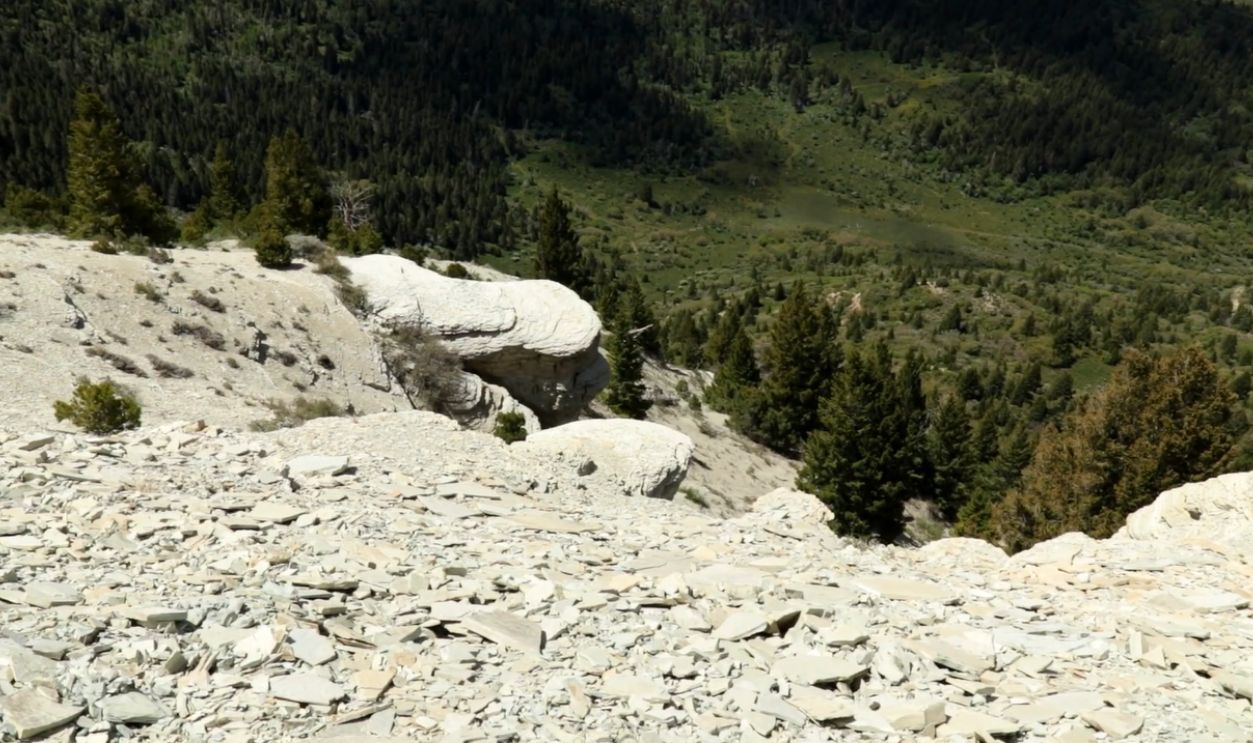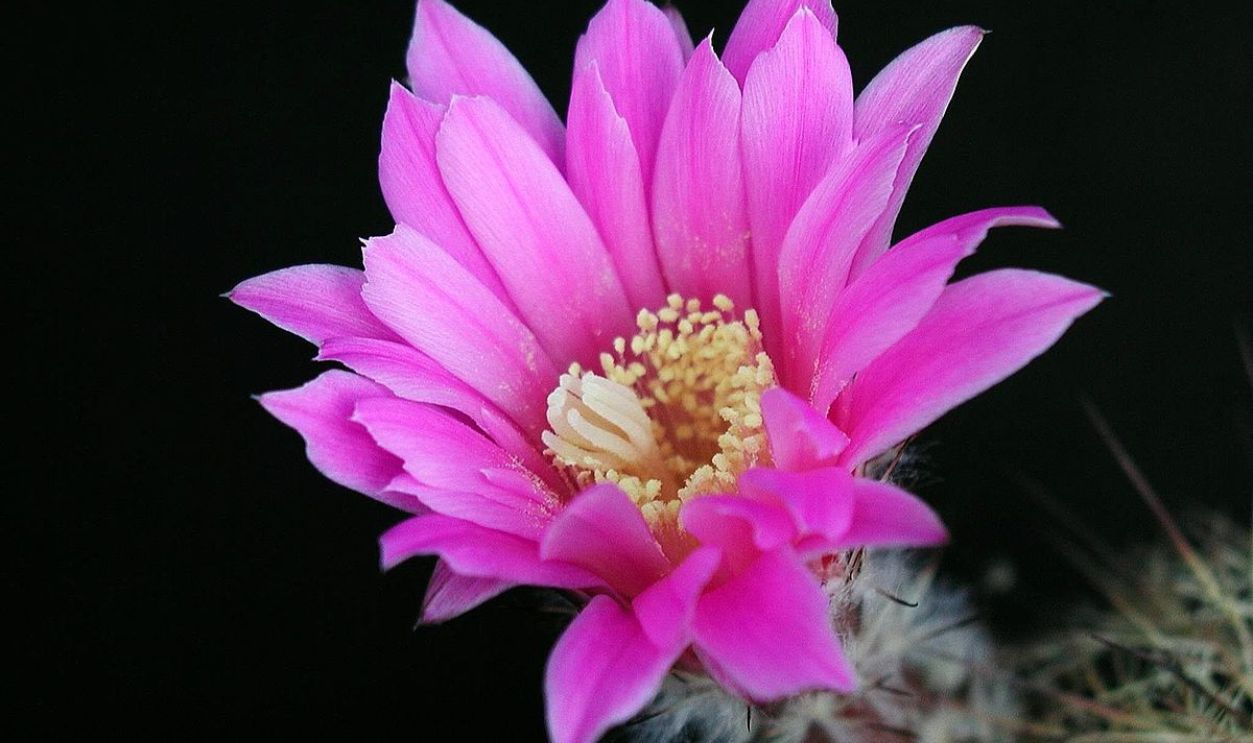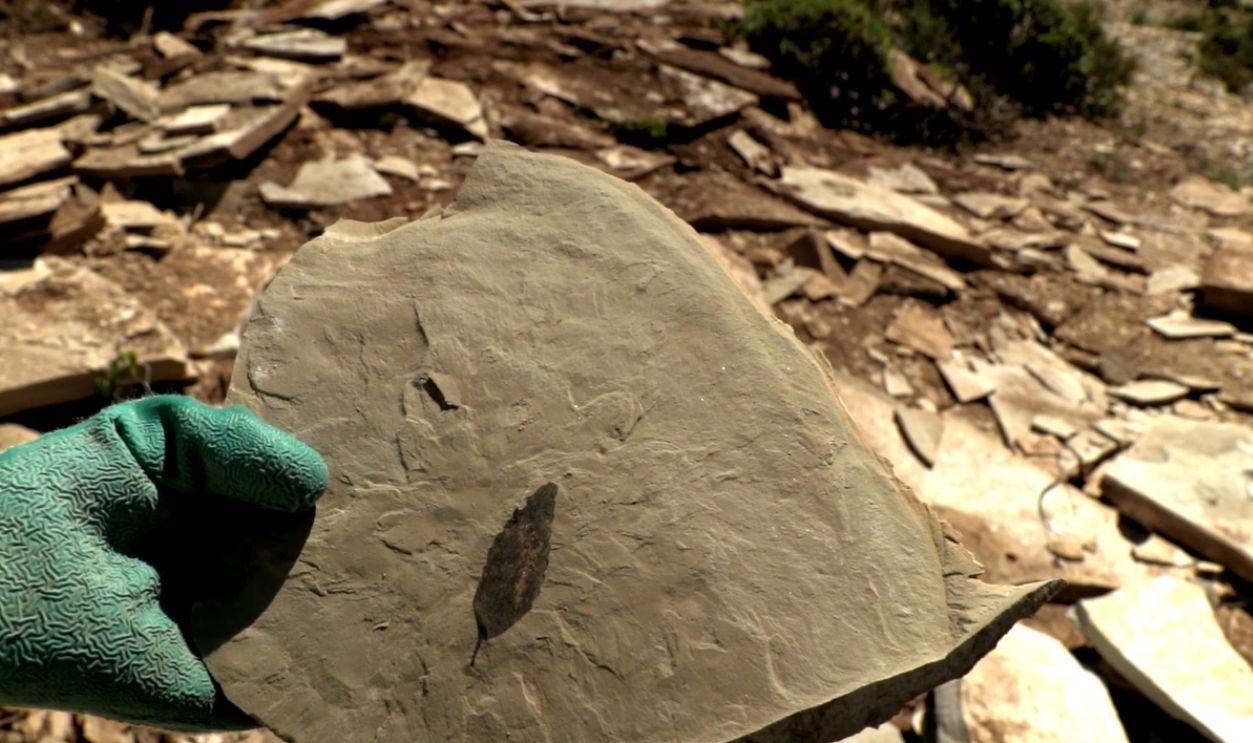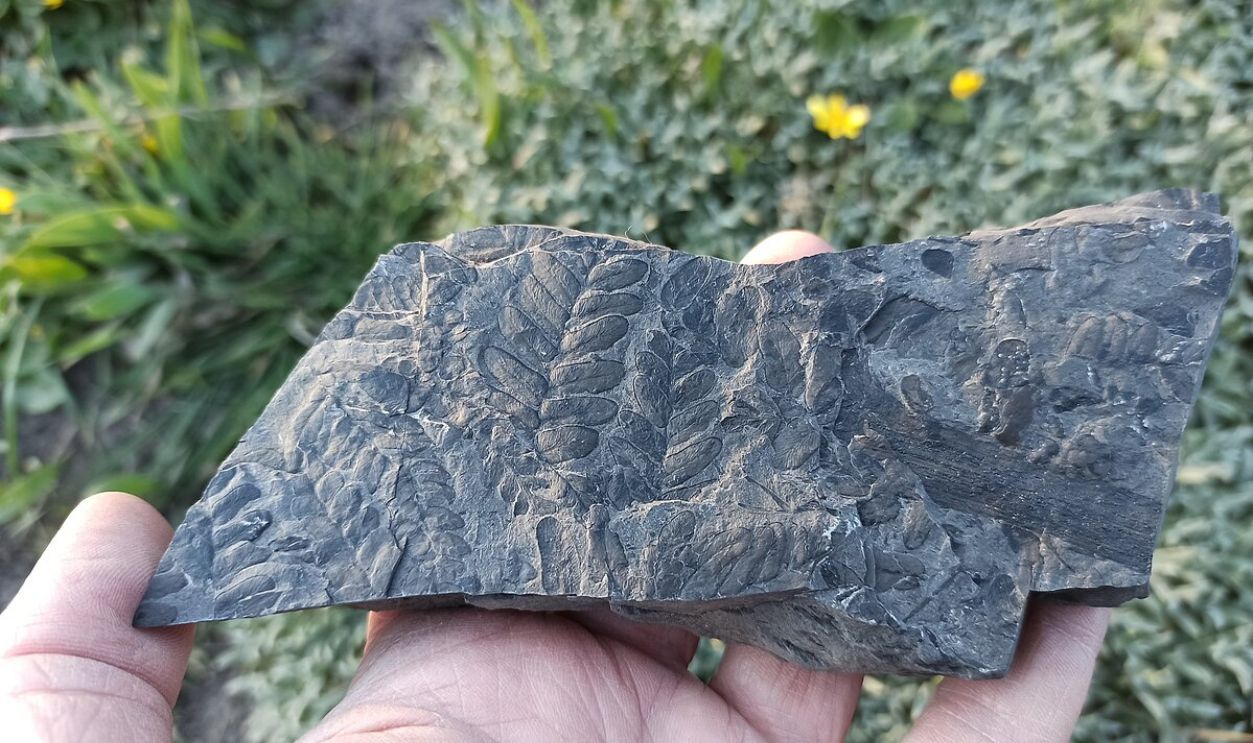A Fossil That Refuses To Be Explained
Not every fossil fits neatly into the history books. One particular discovery, preserved for 47 million years, has left experts with more questions than answers. Its existence alone suggests an entire chapter of Earth’s past remains unwritten.

Unearthed In Fossil Goldmine
The Green River Formation in Utah is a prehistoric jackpot of sorts. Why? Because of the preserved fossils. In 1969, a peculiar leaf fossil came into the light. At first, scientists thought it was an ancient ginseng relative. Little did they know this plant would defy classification entirely.
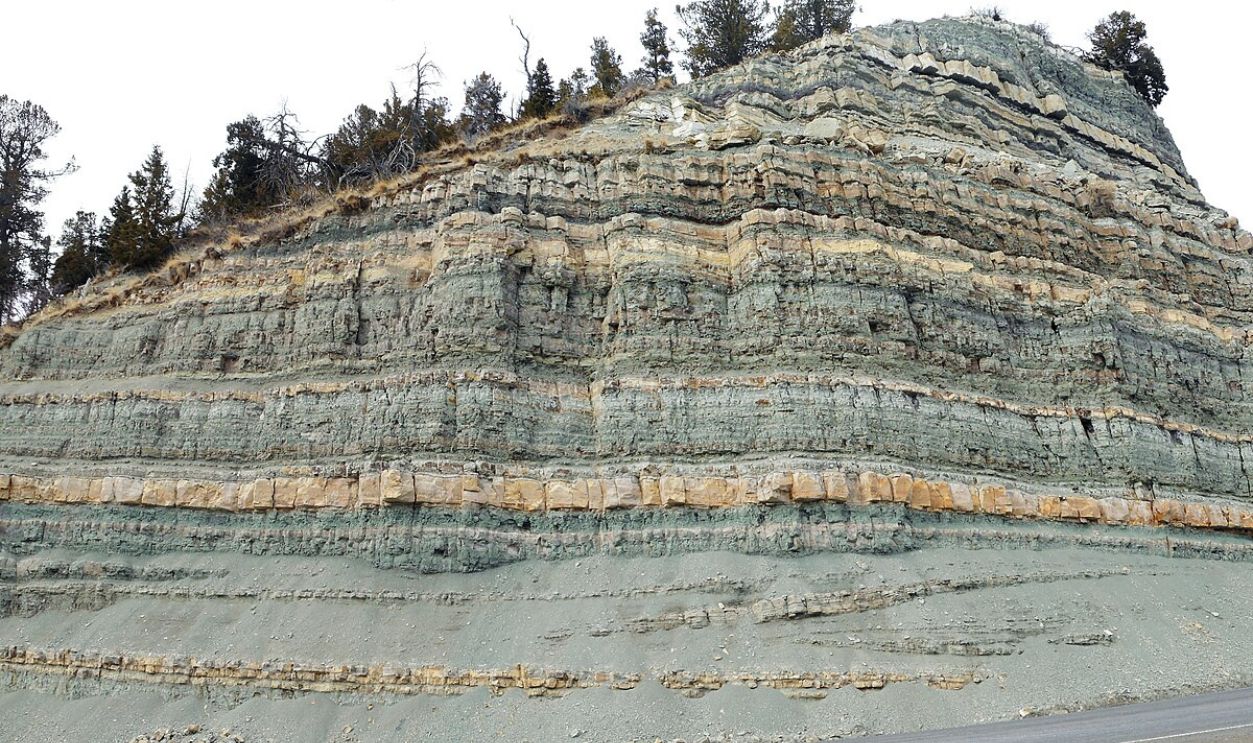 Carpenter, Kenneth, CC BY-SA 4.0, Wikimedia Commons
Carpenter, Kenneth, CC BY-SA 4.0, Wikimedia Commons
Preserved In An Ancient Lake
It’s almost like another world where bizarre flora and fauna come together. Othniophyton elongatum met its fate in these waters, where fine sediment encased its delicate structure. This environment gifted us a fossil so well-preserved that even microscopic details remained intact.
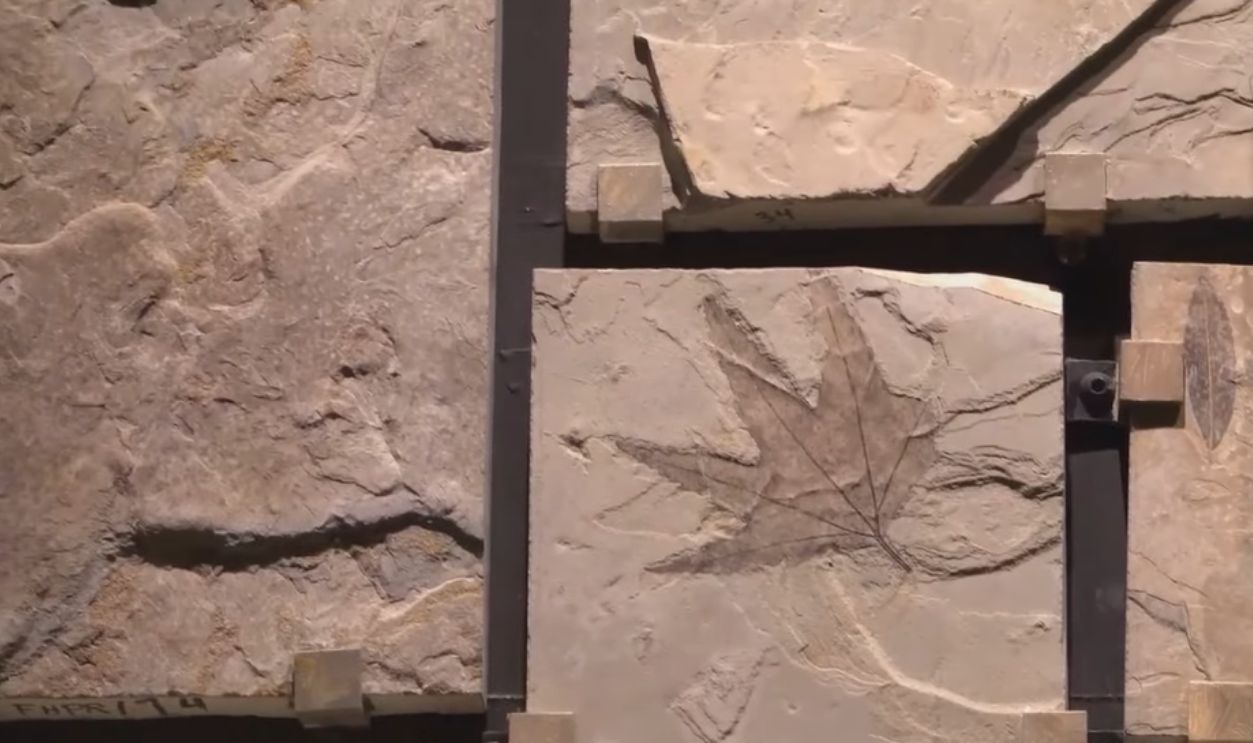 Alien Plant Fossil Discovered in Utah: A Glimpse into Ancient Biodiversity by Next Gen News
Alien Plant Fossil Discovered in Utah: A Glimpse into Ancient Biodiversity by Next Gen News
First Descriptions Missed The Mark
Even though the lake looked picturesque at first sight, botanists didn’t have much to work with in 1969. So, with the information they had, they labeled Othniophyton as a distant ginseng cousin. However, they lacked important plant parts, like flowers or fruits, which held the key to their true identity.
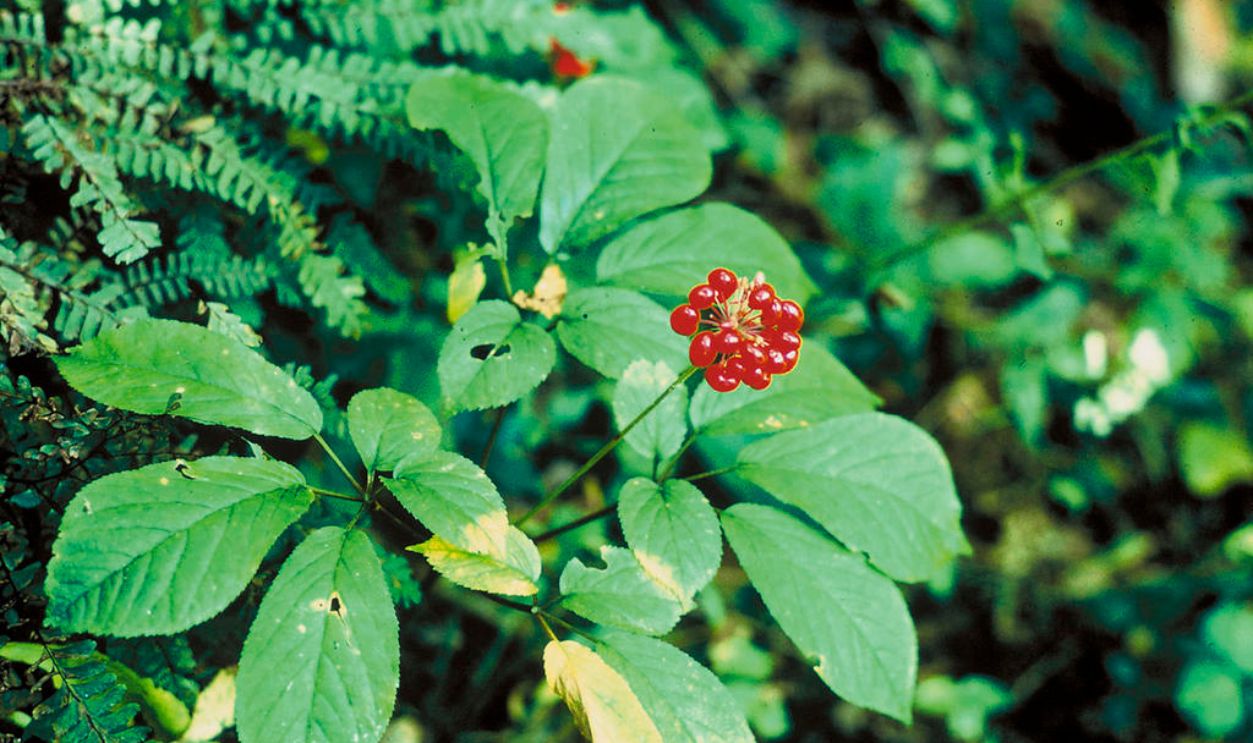 Unknown Author, Wikimedia Commons
Unknown Author, Wikimedia Commons
What's In A Name?
Othniophyton translates to “alien plant,” an accidental stroke of accuracy. While the label was meant to describe its odd leaf shape, later discoveries would reveal that this prehistoric plant truly was unlike anything alive today.
 A. J. T. Johnsingh, WWF-India and NCF, CC BY-SA 4.0, Wikimedia Commons
A. J. T. Johnsingh, WWF-India and NCF, CC BY-SA 4.0, Wikimedia Commons
A Fossil Overlooked For Decades
The fossil remained hidden for over 40 years, with very little additional research conducted on it. That is, until a chance encounter with a new fossil shattered everything we thought we knew.
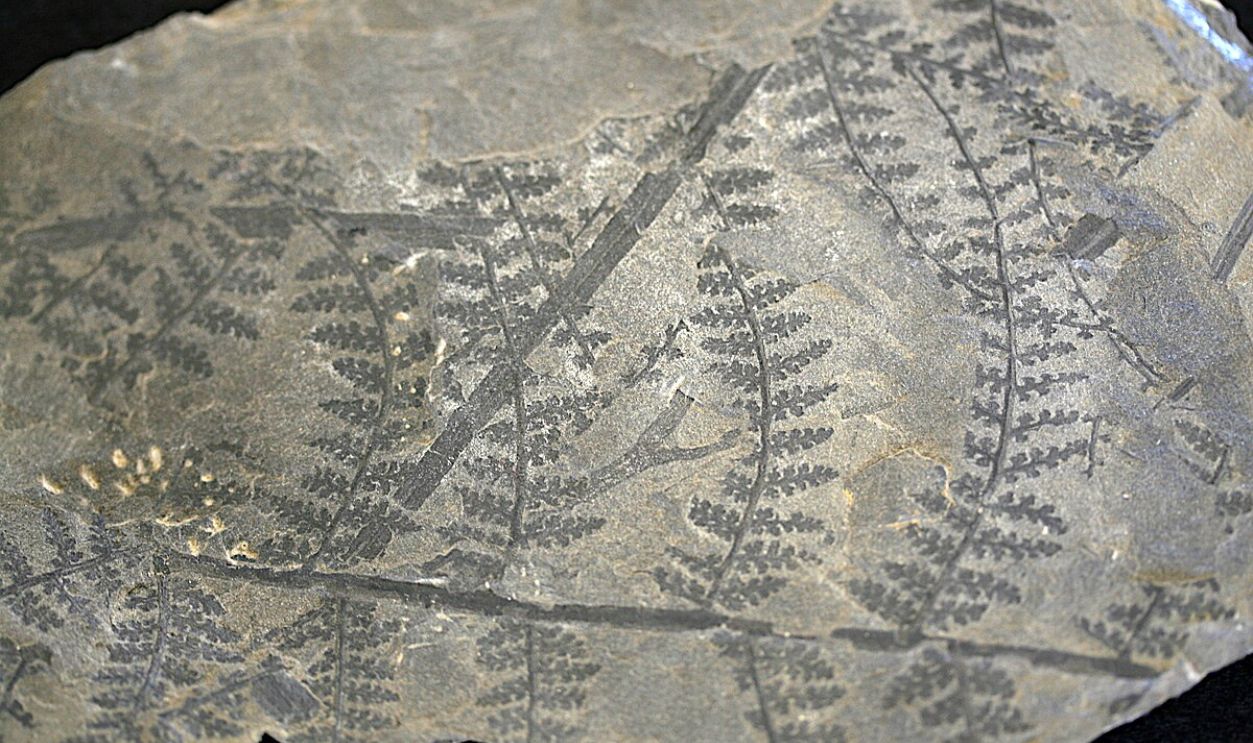 QPaulet (https://www.geodiversite.net/auteur405), CC BY-SA 3.0, Wikimedia Commons
QPaulet (https://www.geodiversite.net/auteur405), CC BY-SA 3.0, Wikimedia Commons
A Second Fossil Reveals The Mystery
A new chapter in this story began in the 2000s. At Berkley, a curator stumbled upon a new Othniophyton fossil. Unlike the first discovery, this one included twigs, fruits, and even flowers—features that would force scientists to rethink its entire classification.
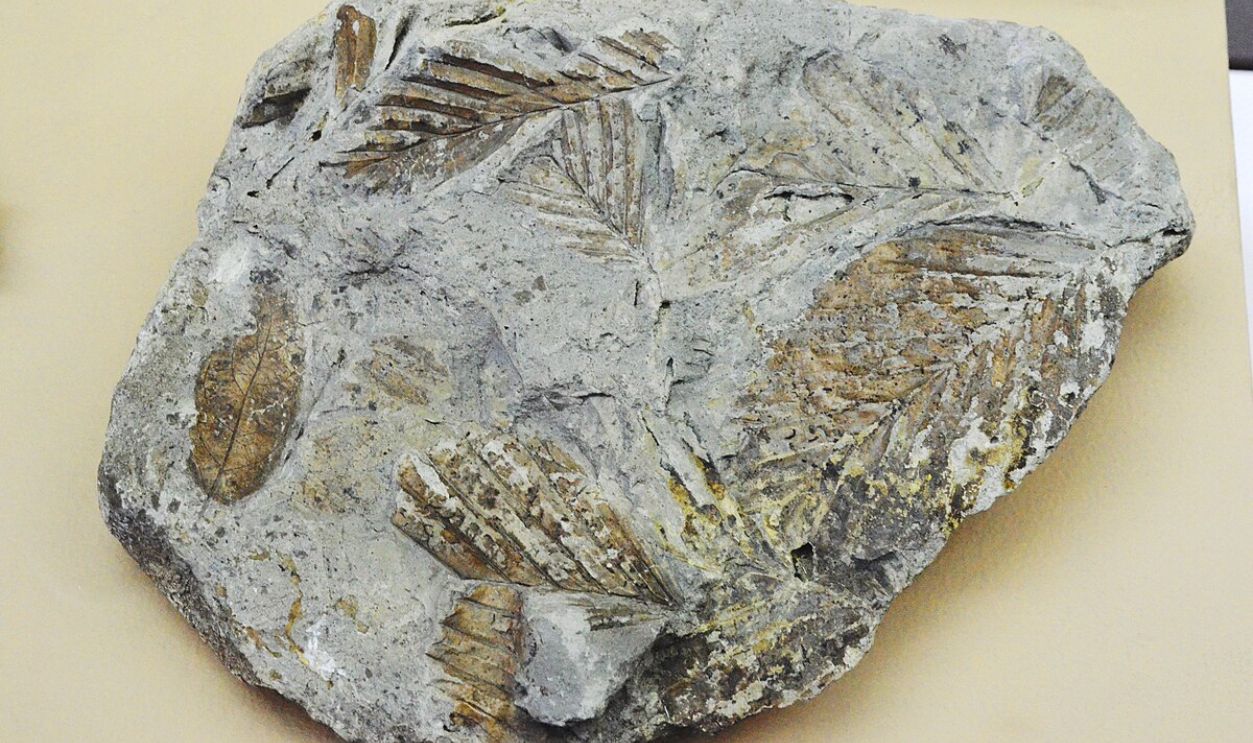 Marco Collado, CC BY-SA 3.0, Wikimedia Commons
Marco Collado, CC BY-SA 3.0, Wikimedia Commons
A Paleobotanical Detective Story Begins
Steven Manchester, a curator at the Florida Museum of Natural History, took the case. Now that he had new evidence on his hands, he only had one mission: To find out if Othniophyton was truly a ginseng relative—or something far weirder. Spoiler: It was the latter.
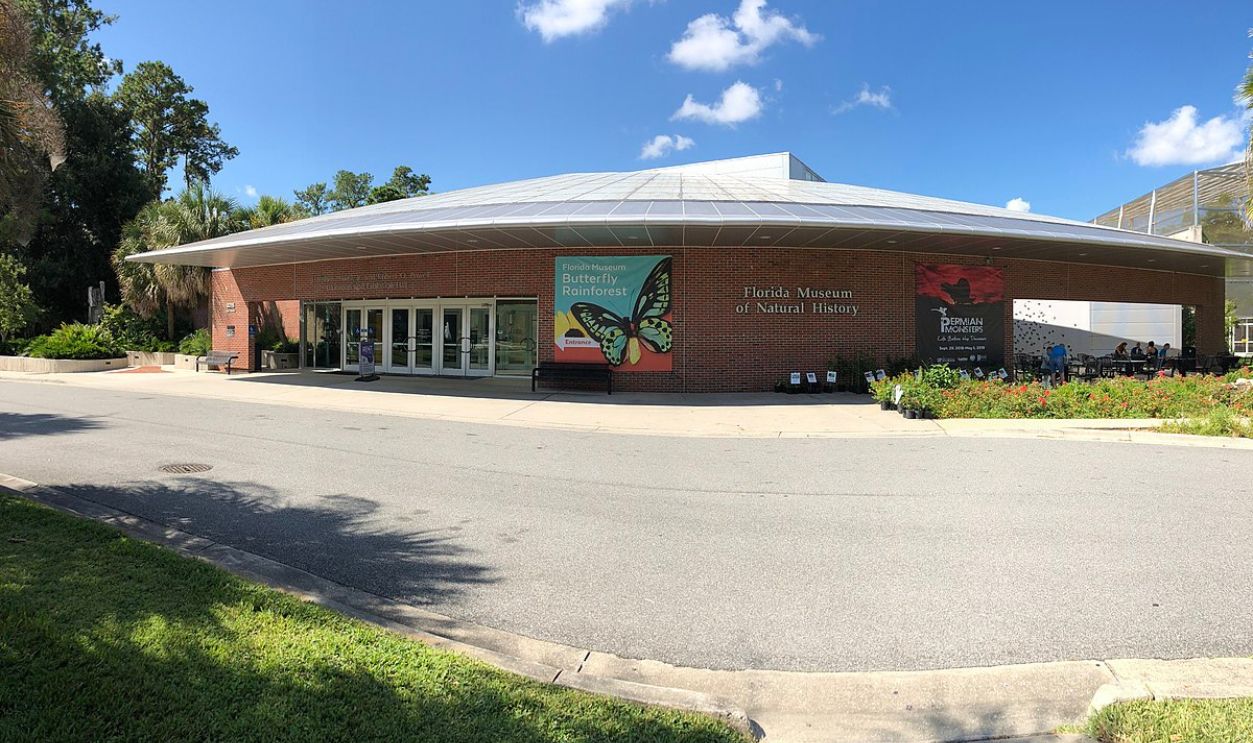 Todd Van Hoosear, CC BY-SA 2.0, Wikimedia Commons
Todd Van Hoosear, CC BY-SA 2.0, Wikimedia Commons
The Fossil That Changed Everything
Why exactly was this new fossil such a big deal? Well, it had reproductive structures. Flowers, fruits, and even intact stamens clung to its twig. Normally, these plant parts fall away, so finding them together was like stumbling upon a perfectly preserved prehistoric crime scene.
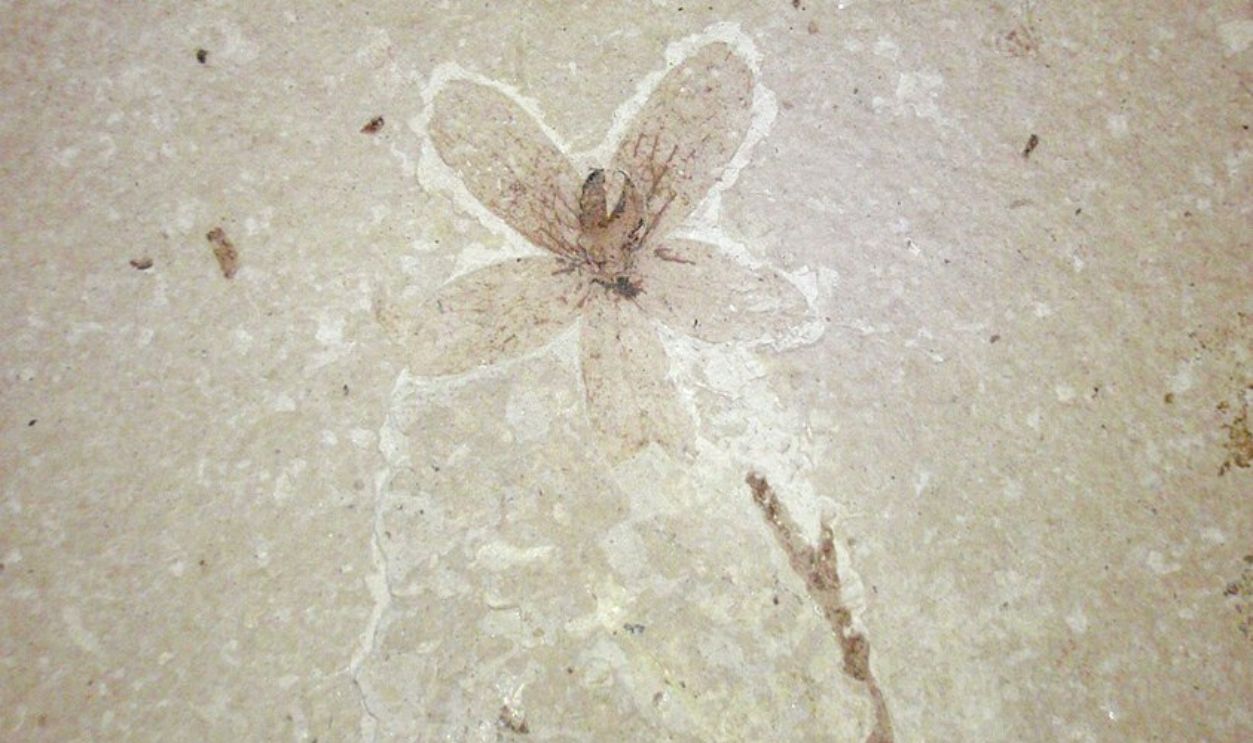 Slade Winstone (Sladew), CC BY-SA 4.0, Wikimedia Commons
Slade Winstone (Sladew), CC BY-SA 4.0, Wikimedia Commons
Its Fossilization Was Extremely Rare
Most plant fossils consist of leaves or pollen grains. Whole twigs with flowers and fruits intact? That’s virtually unheard of. The unique conditions that preserved Othniophyton suggest it was buried rapidly, which prevented decay and gave scientists an unprecedented look at its structure.
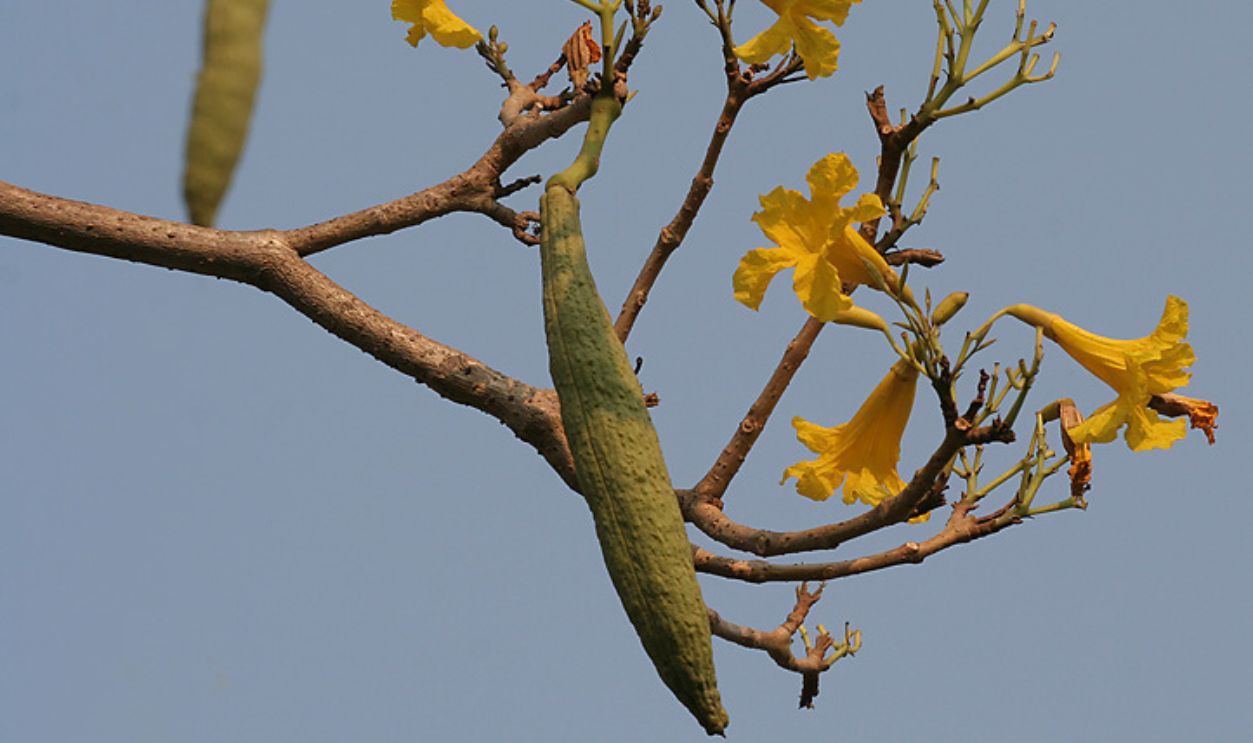
A Trait Never Seen Before
Something was wildly off. Unlike modern plants, Othniophyton retained its stamens even after producing fruit. In today’s world, stamens usually drop off after fertilization. This bizarre feature had never been observed in any living or extinct plant before.
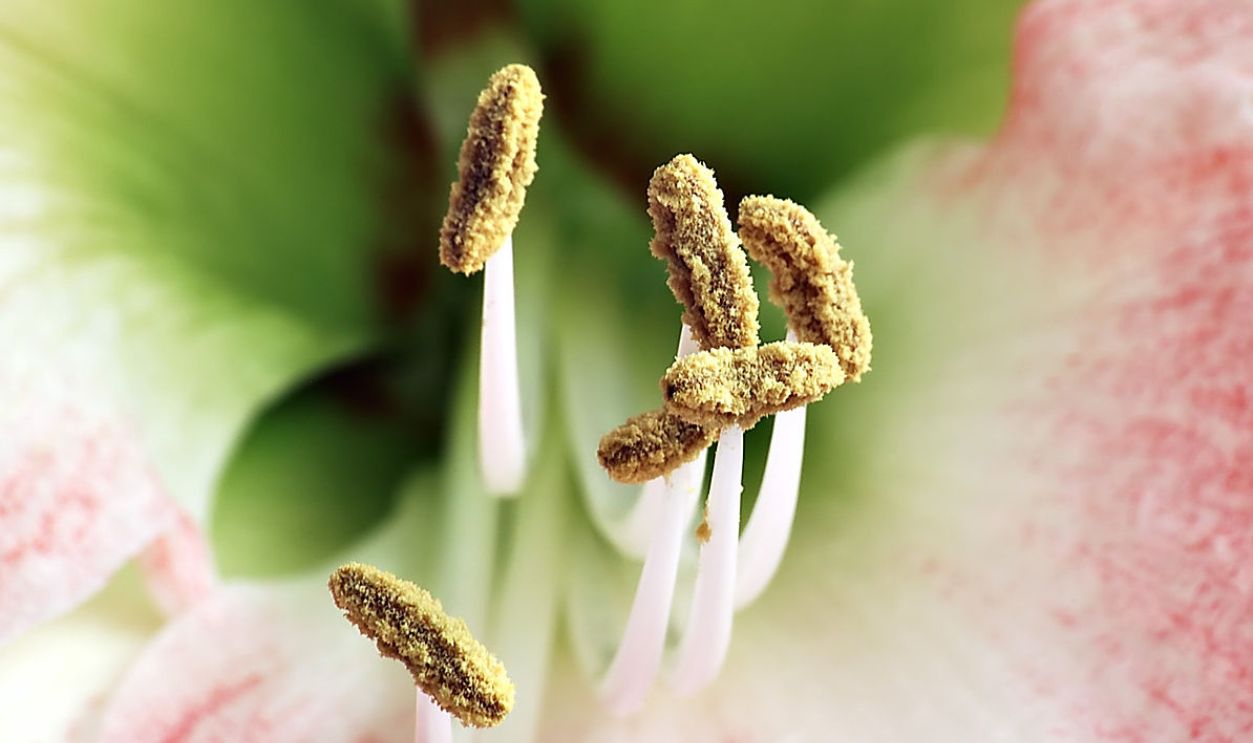 Andre Karwath aka Aka, CC BY-SA 2.5, Wikimedia Commons
Andre Karwath aka Aka, CC BY-SA 2.5, Wikimedia Commons
No Living Relatives, No Clear Family
Since this was an unusual occurrence, scientists scoured modern botany databases. They hoped to find Othniophyton’s closest living relative. Nothing matched. Even extinct plant species provided no clear link. This left only one conclusion: Othniophyton wasn’t just a lost species—it belonged to a completely extinct lineage.
Fossilized In Stunning Detail
Usually, fossils are found in fragments. This one, however, was almost intact. Its delicate leaves, fruits, and stamens were frozen in time, offering a glimpse back into the past. This rare level of preservation made it a true paleobotanical jackpot.
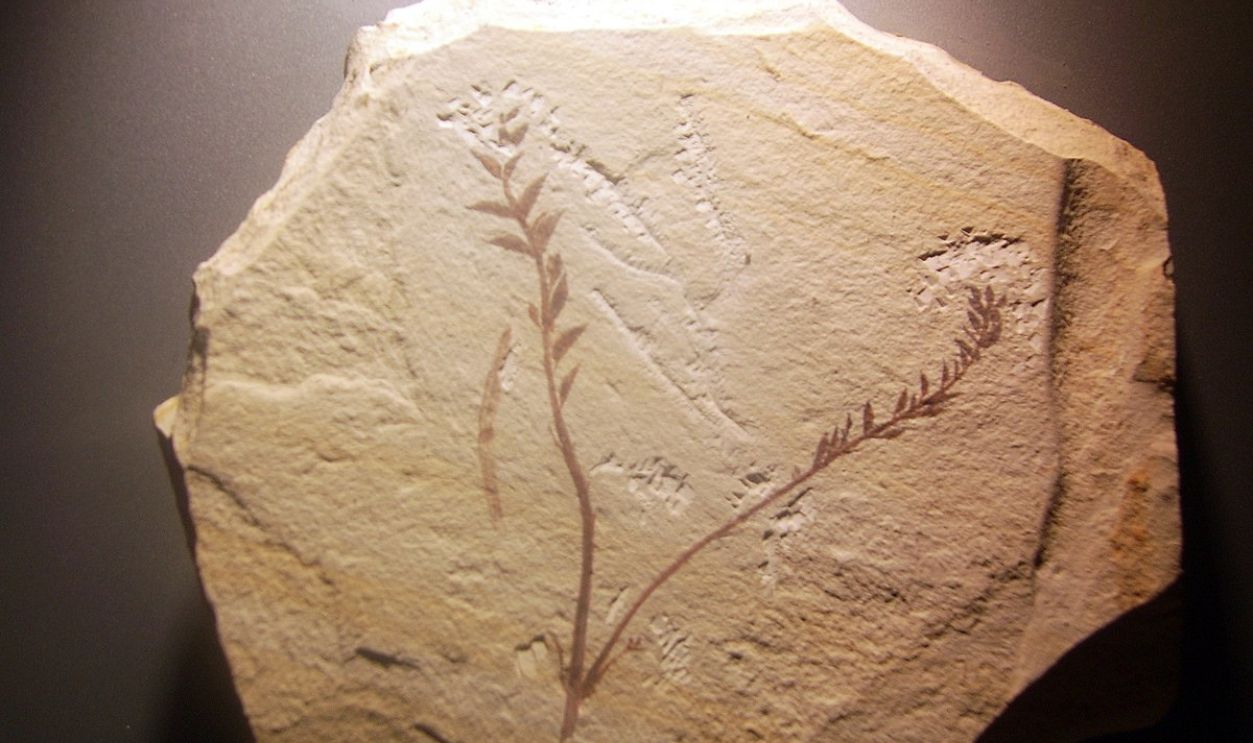 Shizhao, CC BY-SA 2.5, Wikimedia Commons
Shizhao, CC BY-SA 2.5, Wikimedia Commons
Advanced Microscopy Changed Everything
Now, scientists have modern technology at their fingertips. With powerful microscopes, it was revealed that the leaf had seed impressions, an unexpected find. These tiny, invisible details helped confirm that Othniophyton’s reproductive cycle was like nothing seen before.
A Fossil That Defies Classification
If you don’t know much about classifying plants, it’s pretty simple. Match features with known families. Of course, that wasn’t the case this time. Othniophyton was a botanical rebel, sharing traits with multiple plant groups but fitting into none. This forced scientists to reconsider long-held assumptions about plant evolution.
Its Structure Resembles No Known Species
Finding a plant like this was really strange. After all, how could it have no known family? The problem was that its leaves hint at one lineage, its reproductive structures suggest another, and its overall form belongs to neither. It’s a botanical orphan with no known ancestors.
Could It Have Relied On Wind Pollination?
Modern flowering plants use insects, birds, or wind for pollination. Othniophyton had persistent stamens. So, some experts theorized it relied on wind. If true, this would mean it played by entirely different reproductive rules than most plants alive today.
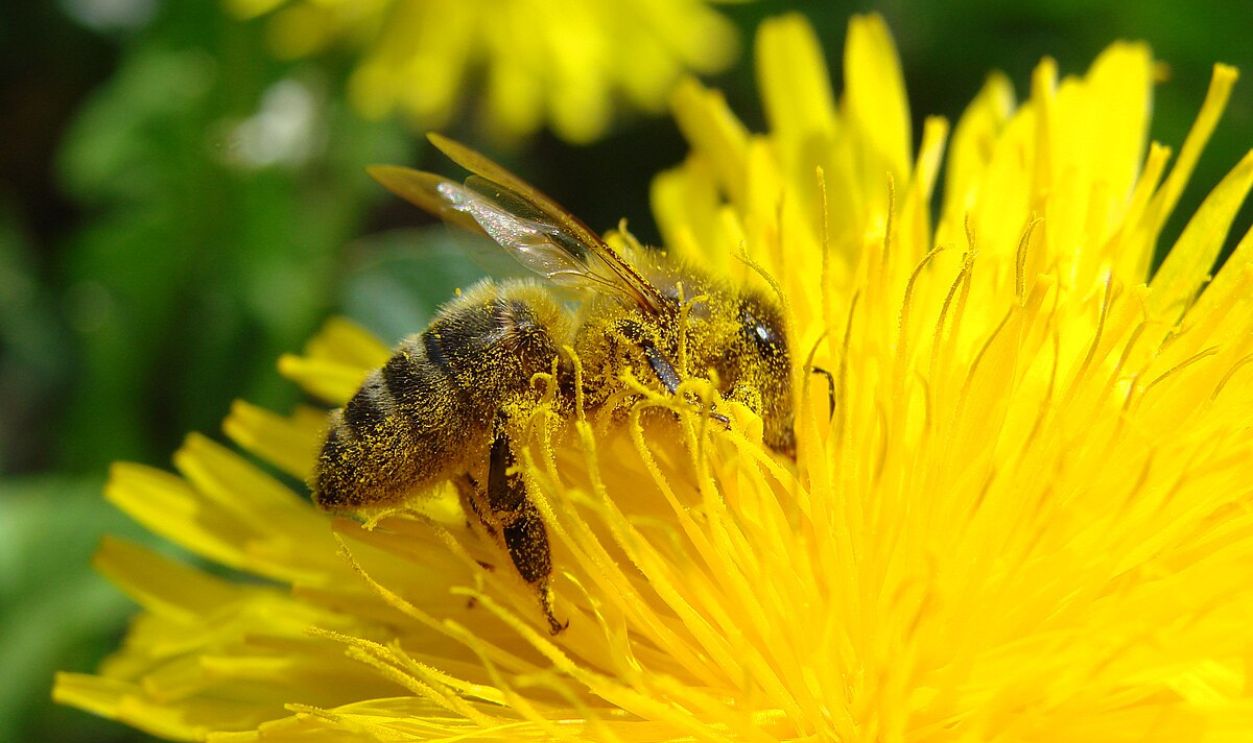 Guerin Nicolas, CC BY-SA 3.0, Wikimedia Commons
Guerin Nicolas, CC BY-SA 3.0, Wikimedia Commons
A Climate Unlike Anything Today
Climate is subject to change, it always has. The Othniophyton fossil showed that it grew in a warm and humid climate which is not the case in Utah today. The Green River Formation was once a lush subtropical wetland, home to ancient fish, turtles, and other flora.
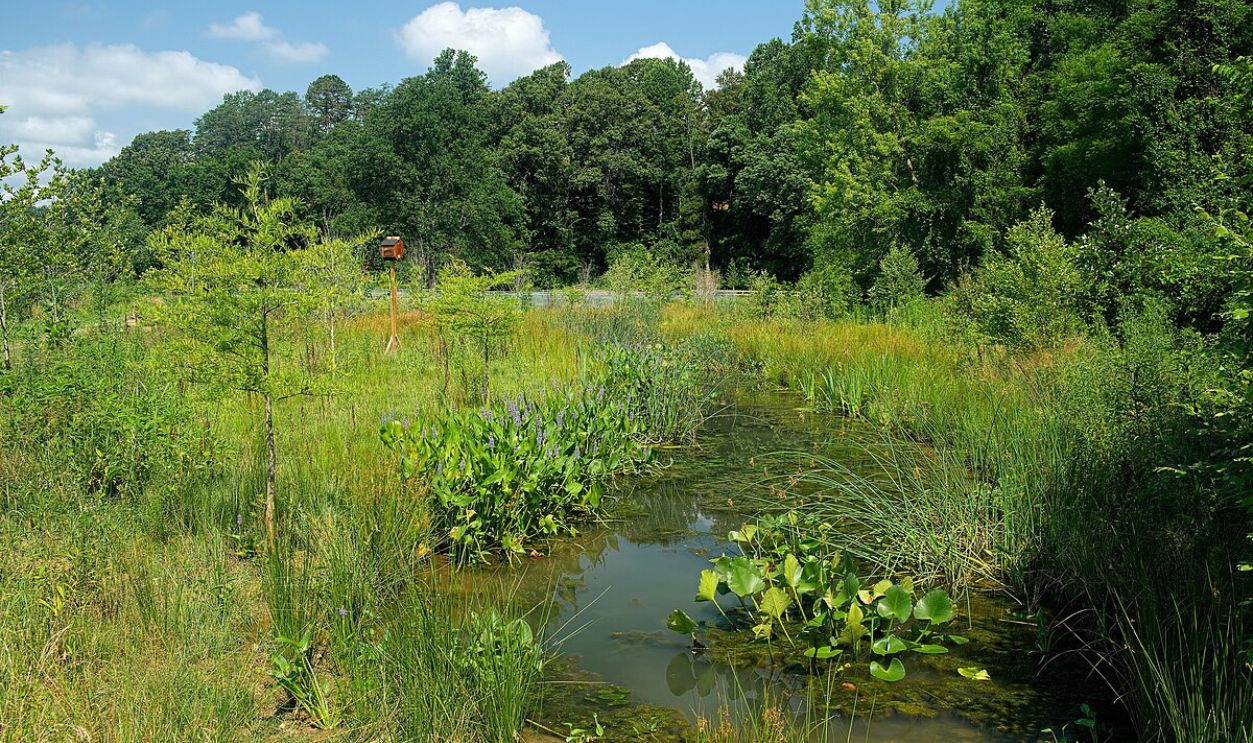 U.S. Geological Survey, CC BY 2.0, Wikimedia Commons
U.S. Geological Survey, CC BY 2.0, Wikimedia Commons
Could Othniophyton Have Used Self-Pollination?
Modern plants often rely on insects or wind, but Othniophyton’s stubborn stamens suggest another possibility—self-pollination. If this plant had fertilized itself, it could have reproduced even in isolated environments, making its extinction even more puzzling. Why did a plant with built-in survival tactics still vanish?
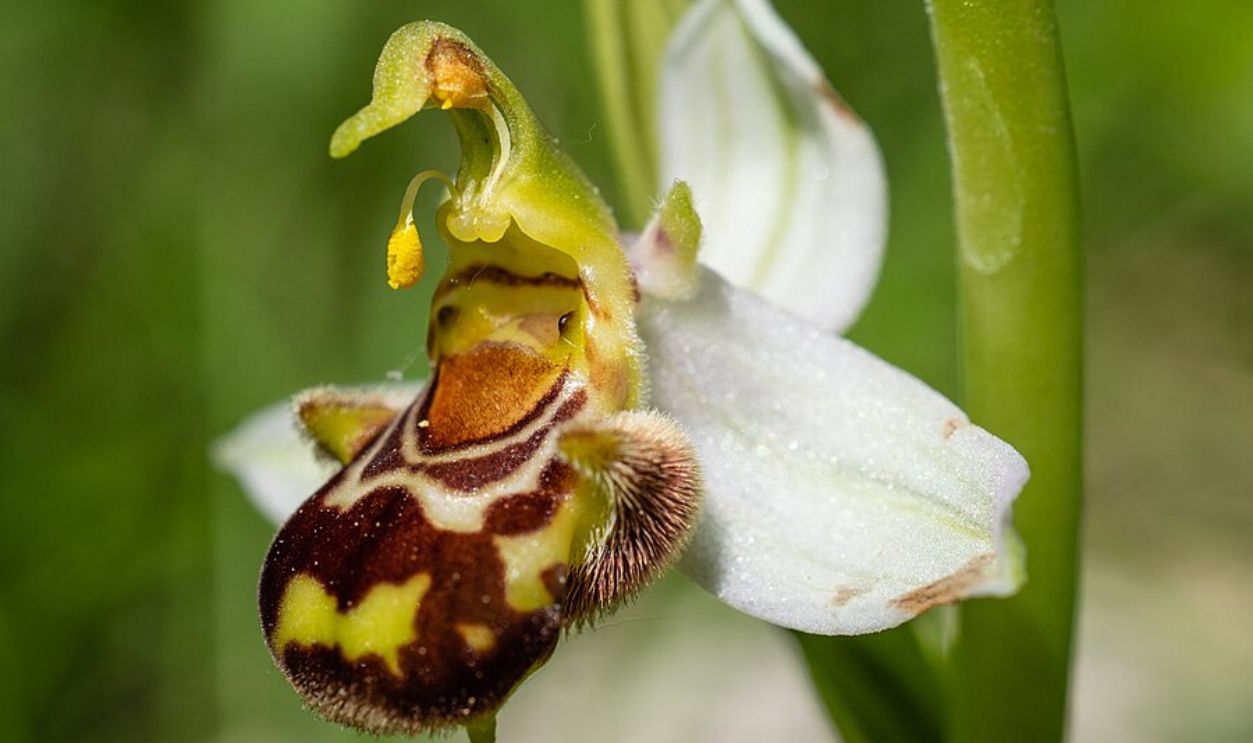 Javier Puig Ochoa, CC BY 3.0, Wikimedia Commons
Javier Puig Ochoa, CC BY 3.0, Wikimedia Commons
Could It Have Been An Evolutionary Dead End?
Things come and go on Earth; we’ve seen it before. Othniophyton may be a case of going. Its extinction suggests that whatever strategy it used to reproduce and survive ultimately failed and left no trace in modern botany.
DNA Extraction? Not Likely
Even though fossilization takes a while, plant DNA can still survive, but it is rare. Plant fossils like Othniophyton only preserve structural impressions. This means no genetic material is left to decode, forcing scientists to rely entirely on morphology for classification.
It May Have Been A Pioneer Species
Pioneer plants are the foremost ones that colonize disturbed ecosystems, paving the way for other species. If Othniophyton thrived in unstable conditions, it could have played a major role in reshaping prehistoric lands. What if it was one of nature’s earliest ecological engineers?
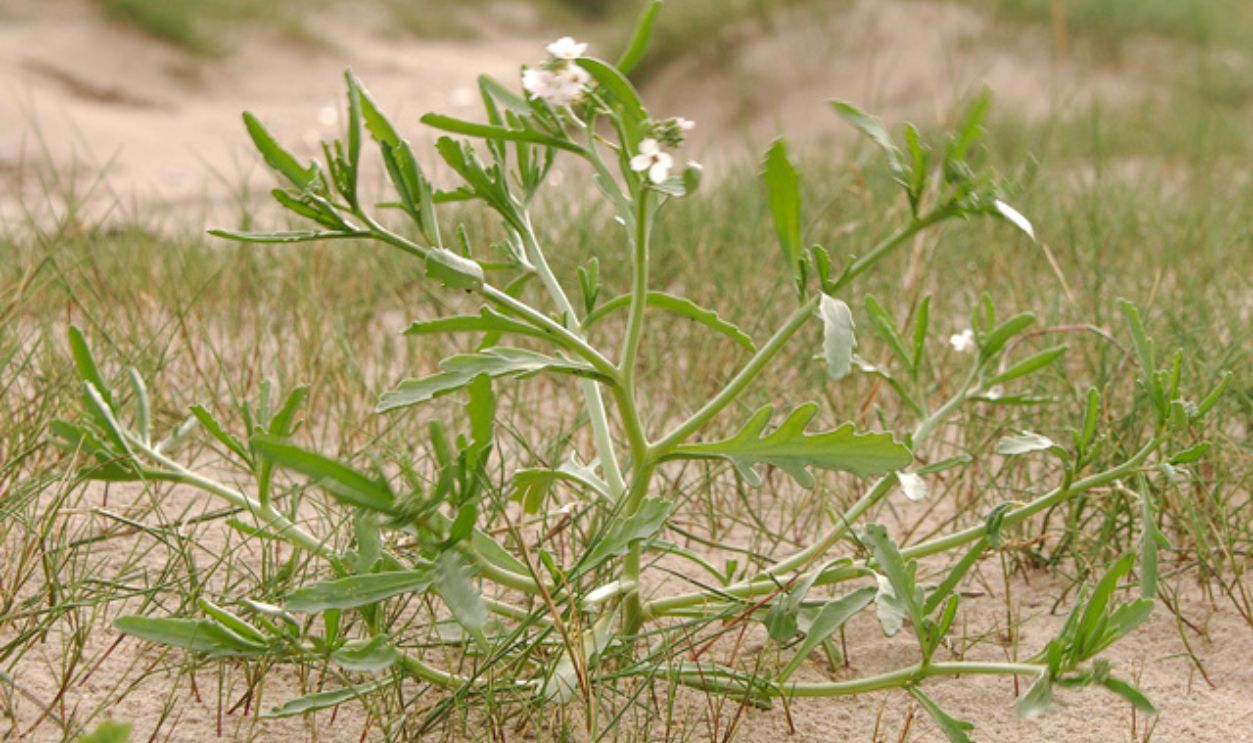 Gary Rogers / Sea Rocket - pioneer flowering plant, CC BY-SA 2.0, Wikimedia Commons
Gary Rogers / Sea Rocket - pioneer flowering plant, CC BY-SA 2.0, Wikimedia Commons
A Fossil That Forces Scientists To Rethink
If Othniophyton had survived, modern plant classification might look entirely different. Its presence suggests there were once entire evolutionary branches of flowering plants that didn’t make it. This raises a bigger question: How many more extinct lineages remain undiscovered?
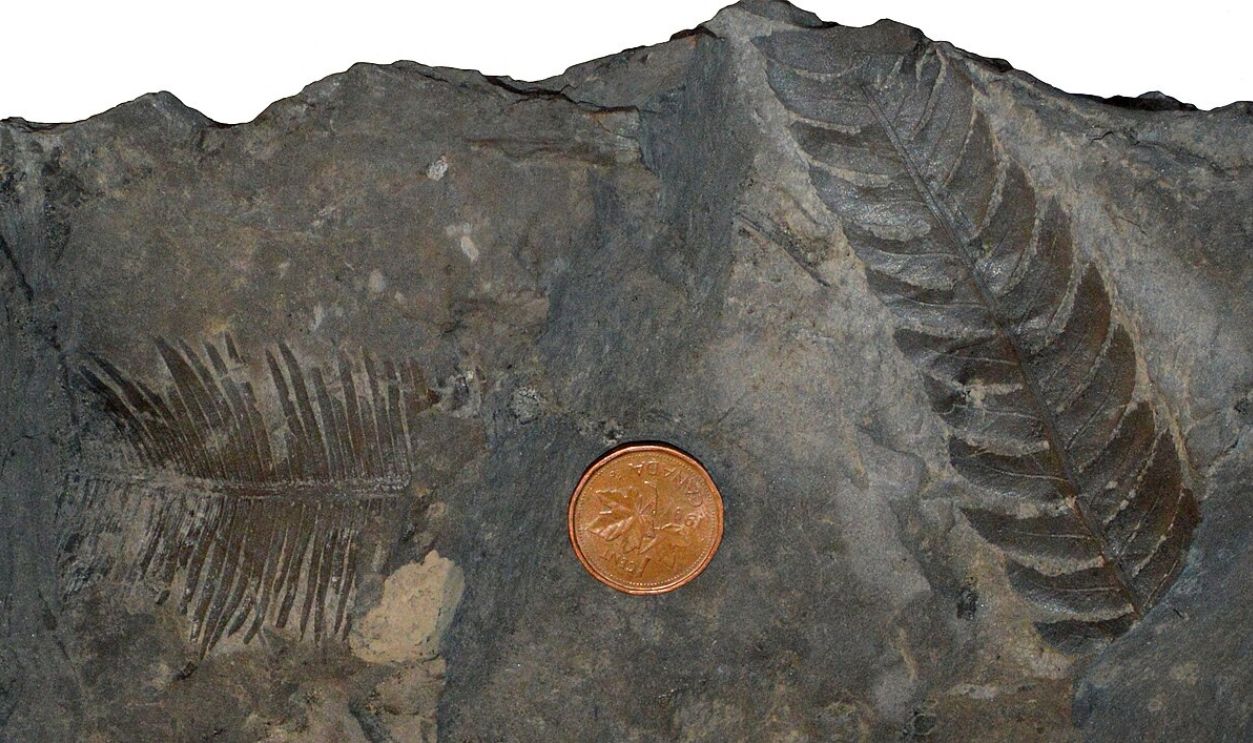 Georgialh, CC BY-SA 3.0, Wikimedia Commons
Georgialh, CC BY-SA 3.0, Wikimedia Commons
It Lived Alongside Giant Prehistoric Birds
There’s a lot that scientists don’t know, but there’s a lot that they do. They do know that the Green River Formation housed creatures like Diatryma, a 7-foot-tall flightless bird. Othniophyton may have been part of this ecosystem, potentially influencing ancient herbivores’ diets before disappearing into the fossil record.
Its Fruits May Have Had An Unusual Dispersal Method
Plants rely on wind, water, and even other animals to spread their seeds. Since Othniophyton had persistent stamens and odd fruit structures, scientists speculate it may have used a now-extinct dispersal method, perhaps involving ancient insects or environmental conditions no longer present.
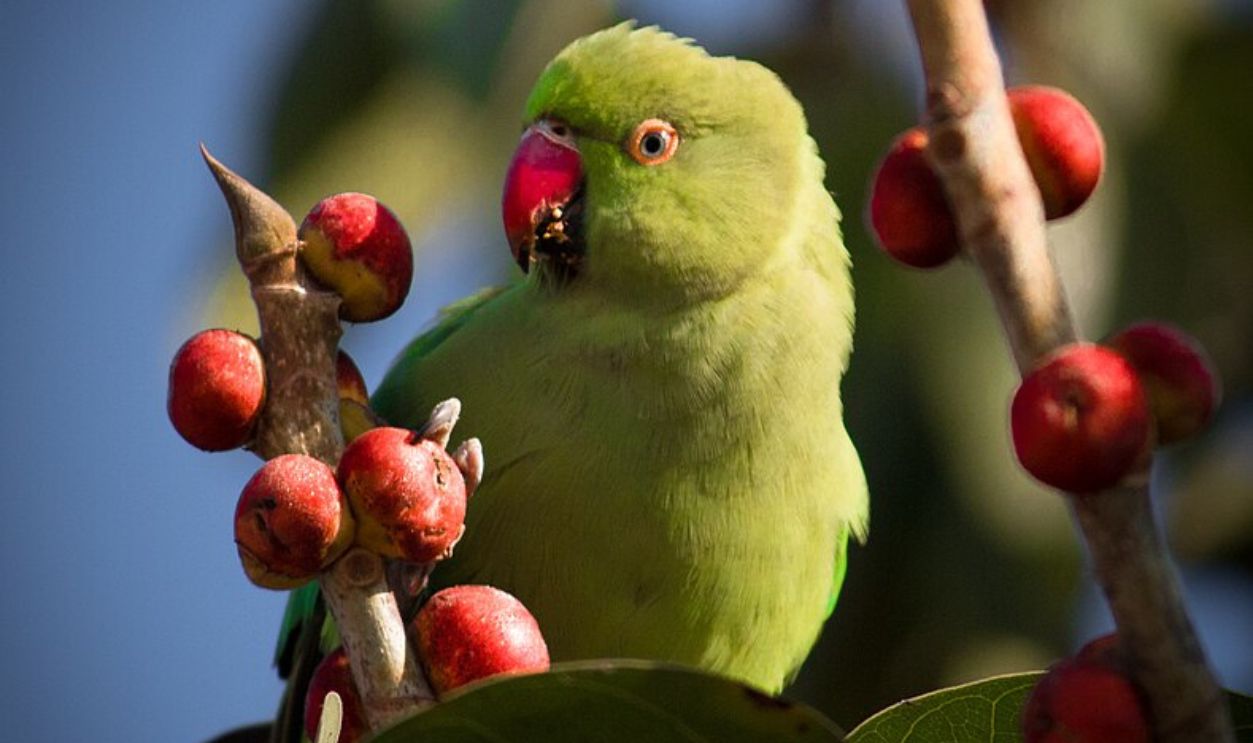 Trikansh sharma, CC0, Wikimedia Commons
Trikansh sharma, CC0, Wikimedia Commons
It Challenges What We Know About Flowering Plants
Flowering plants, or angiosperms, dominate today’s ecosystems. They follow predictable reproductive rules—except Othniophyton didn’t. By breaking the usual patterns of flower and fruit development, this plant proves that early angiosperms experimented with structures that didn’t stand the test of time.
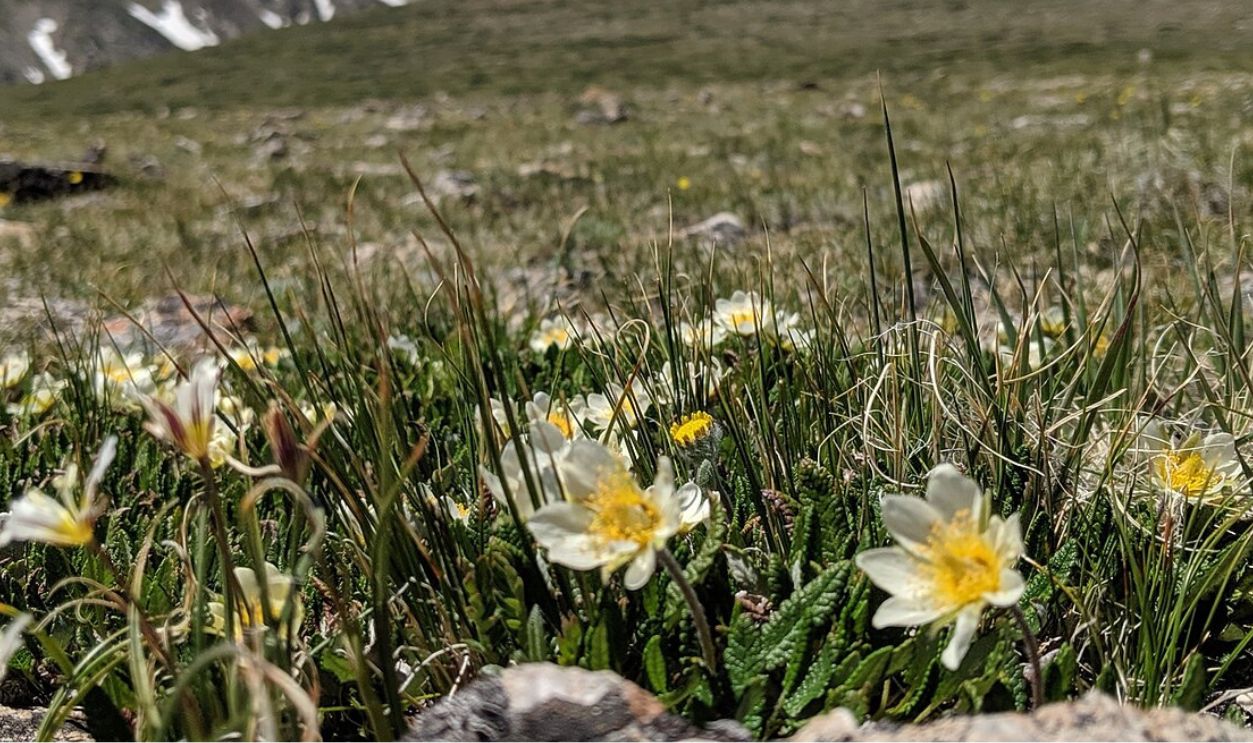 Ethan Rose, CC BY 4.0, Wikimedia Commons
Ethan Rose, CC BY 4.0, Wikimedia Commons
Its Neighbors Survived, But It Didn’t
To put things into perspective, plants similar to sycamores, elms, and palms thrived in Othniophyton’s era—and some of their relatives still exist today. Whatever advantage they had, Othniophyton lacked. Maybe it was due to climate shifts or competition; it simply didn’t make the evolutionary cut.
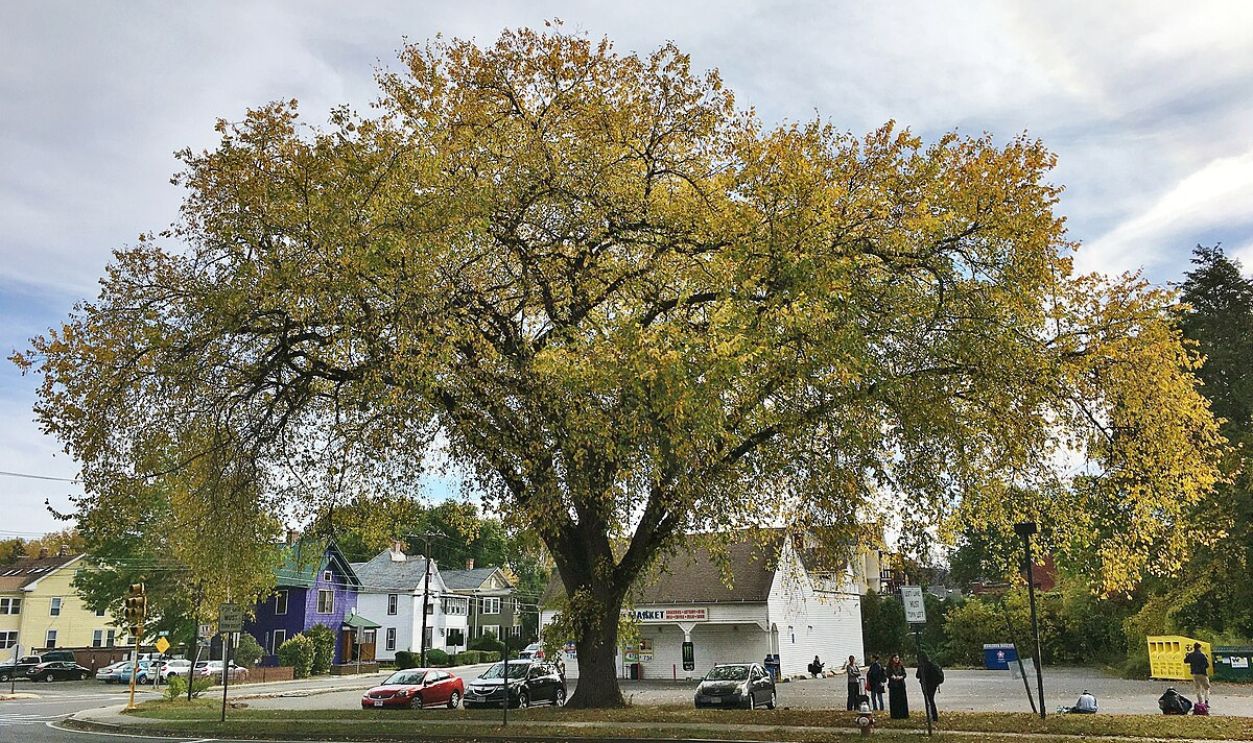 Marty Aligata, CC BY-SA 4.0, Wikimedia Commons
Marty Aligata, CC BY-SA 4.0, Wikimedia Commons
Might Have Been A Relic Of An Older Lineage
Now, we have to take things back even further. When Othniophyton fossilized 47 million years ago, flowering plants had already existed for millions of years. Perhaps this species was already on its way out, a final remnant of an older, experimental branch of plant evolution that couldn’t keep up.
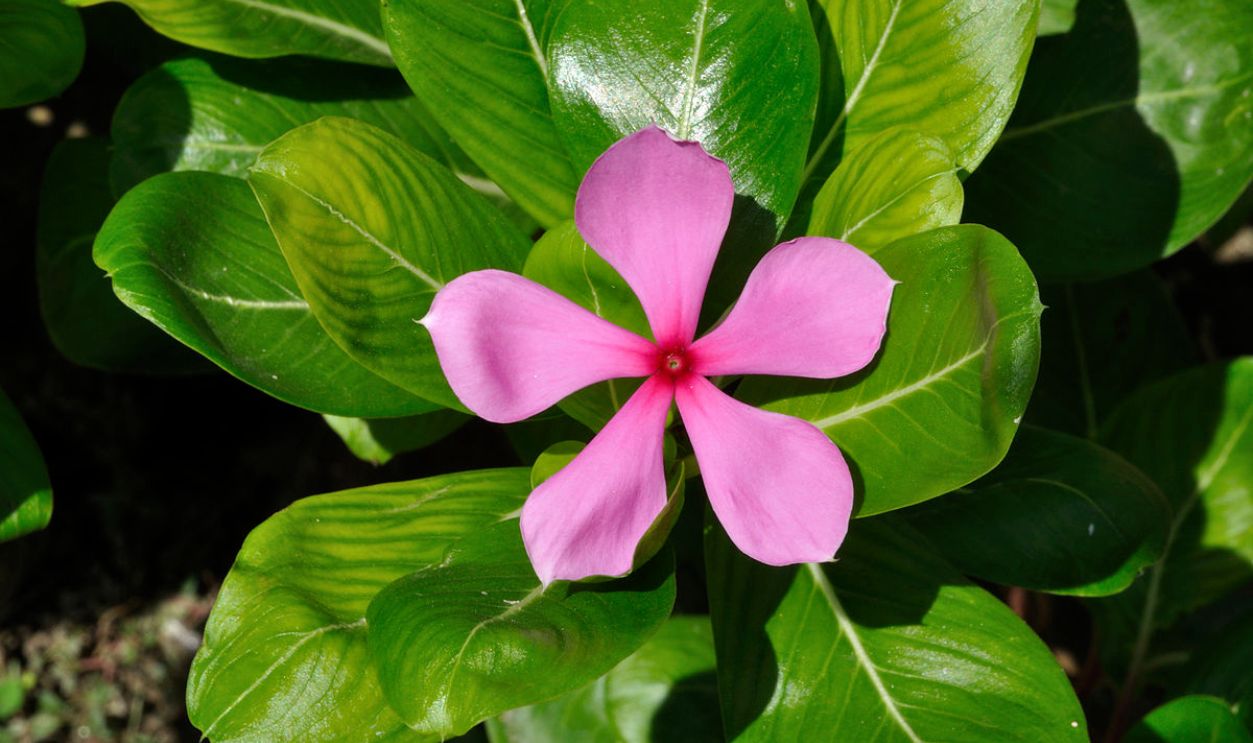 Biswarup Gangulyb, CC BY-SA 3.0, Wikimedia Commons
Biswarup Gangulyb, CC BY-SA 3.0, Wikimedia Commons
No Similar Fossils Have Been Found Yet
Normally, when a fossil species is discovered, paleobotanists can find related specimens in other formations. Not Othniophyton. Despite extensive searches, no other fossils like it have surfaced. Either it was incredibly rare, or its fossils are waiting in unexplored rock layers.
 Rhododendrites, CC BY-SA 4.0, Wikimedia Commons
Rhododendrites, CC BY-SA 4.0, Wikimedia Commons
Could It Have Been Poisonous?
Many extinct plants developed chemical defenses, but Othniophyton’s status remains a mystery. If its fruits or leaves were toxic, this could explain why it left no modern relatives—plants that rely on toxicity often lose their evolutionary race to more adaptable competitors.
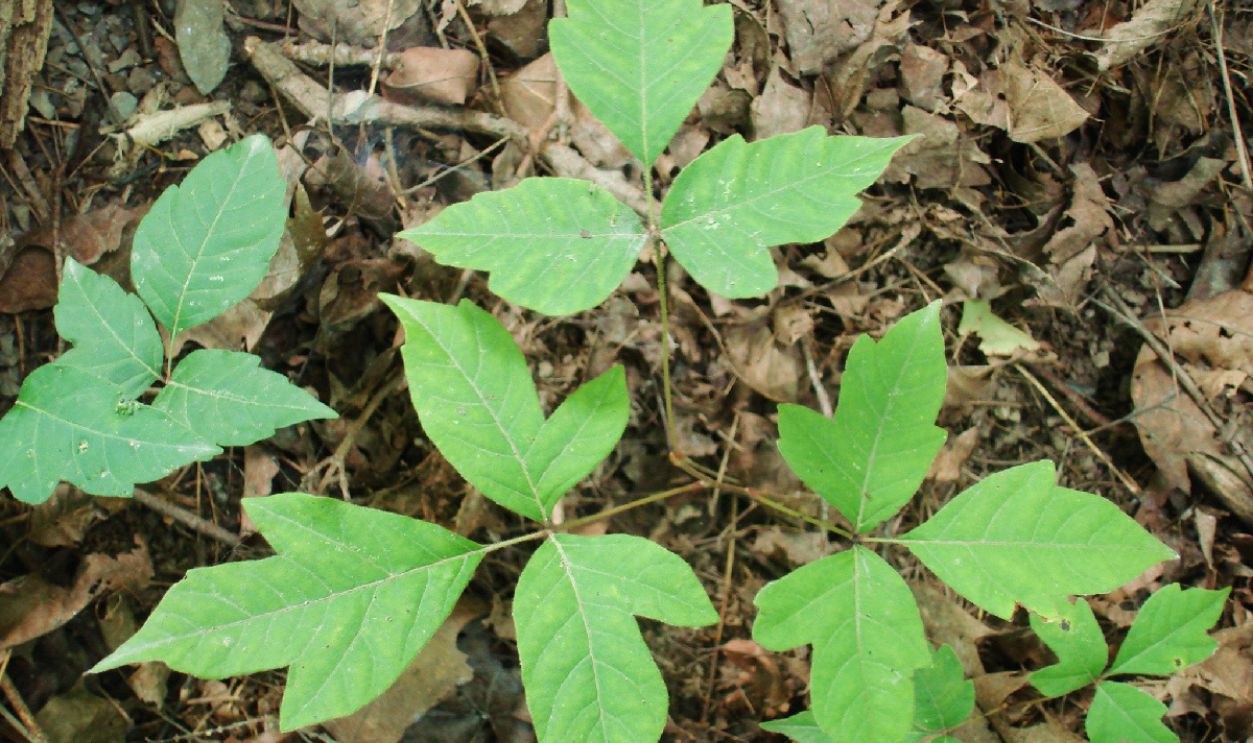 Stilfehler, CC BY-SA 3.0, Wikimedia Commons
Stilfehler, CC BY-SA 3.0, Wikimedia Commons
Its Loss May Have Changed Ancient Ecosystems
If Othniophyton had persisted, it might have shaped future plant evolution, influencing pollinators, seed dispersers, and even early herbivores. Its extinction may have left a gap in its ecosystem, paving the way for other, more successful plant species to dominate.
 Grin, CC BY-SA 4.0, Wikimedia Commons
Grin, CC BY-SA 4.0, Wikimedia Commons
A Time Capsule For Prehistoric Botany
The Othniophyton fossil is in almost near-perfect condition. Why does that matter? Because it provides an unmatched window into Eocene plant life. Its microscopic details help scientists reconstruct how plants functioned 47 million years ago. Without specimens like this, entire chapters of Earth’s botanical history would remain blank.
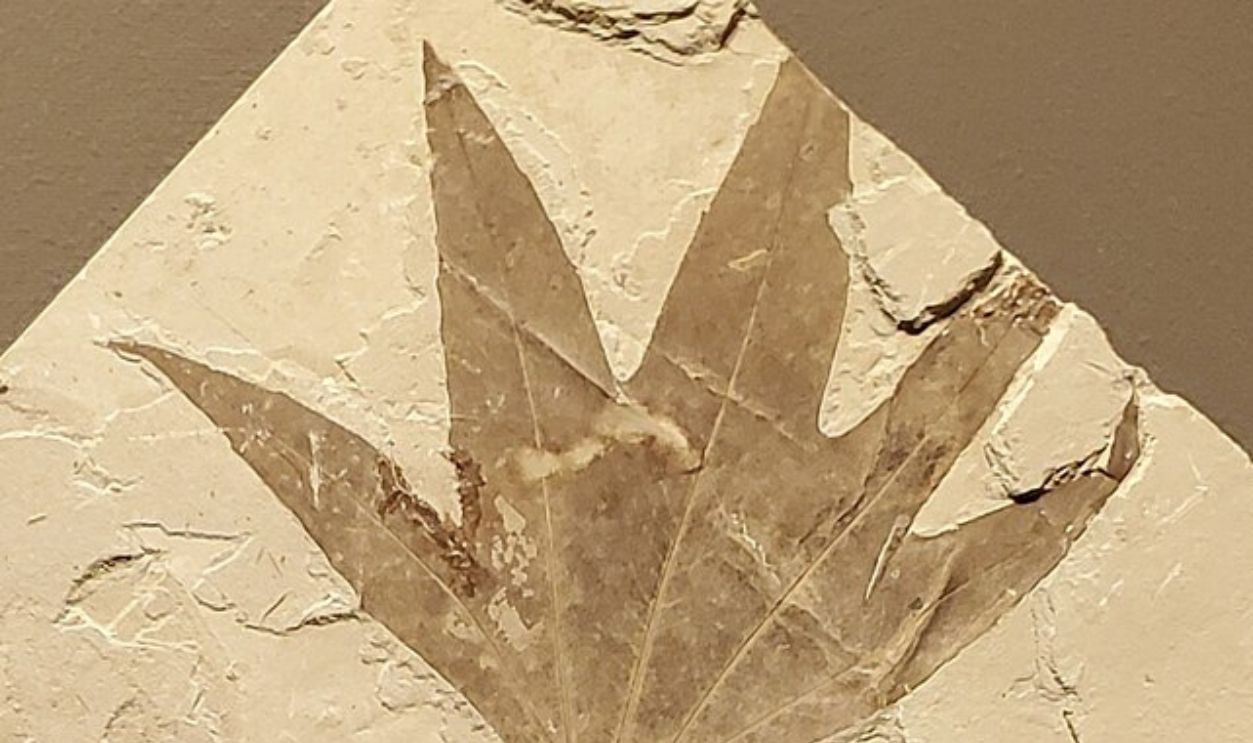 JJonahJackalope, CC BY-SA 4.0, Wikimedia Commons
JJonahJackalope, CC BY-SA 4.0, Wikimedia Commons
Not The Only Mystery In The Green River Formation
Perhaps the most interesting thing about this whole thing is that the fossil hotspot has produced hundreds of unidentified plant species. Some, like Othniophyton, have no modern equivalents. Others hint at extinct families lost to time.
Could It Have Had A Symbiotic Relationship?
Some ancient plants relied on fungi or bacteria to help absorb nutrients. Given Othniophyton’s strange reproductive traits, it’s possible it formed an unusual partnership with microorganisms, aiding its survival in ways scientists still don’t understand.
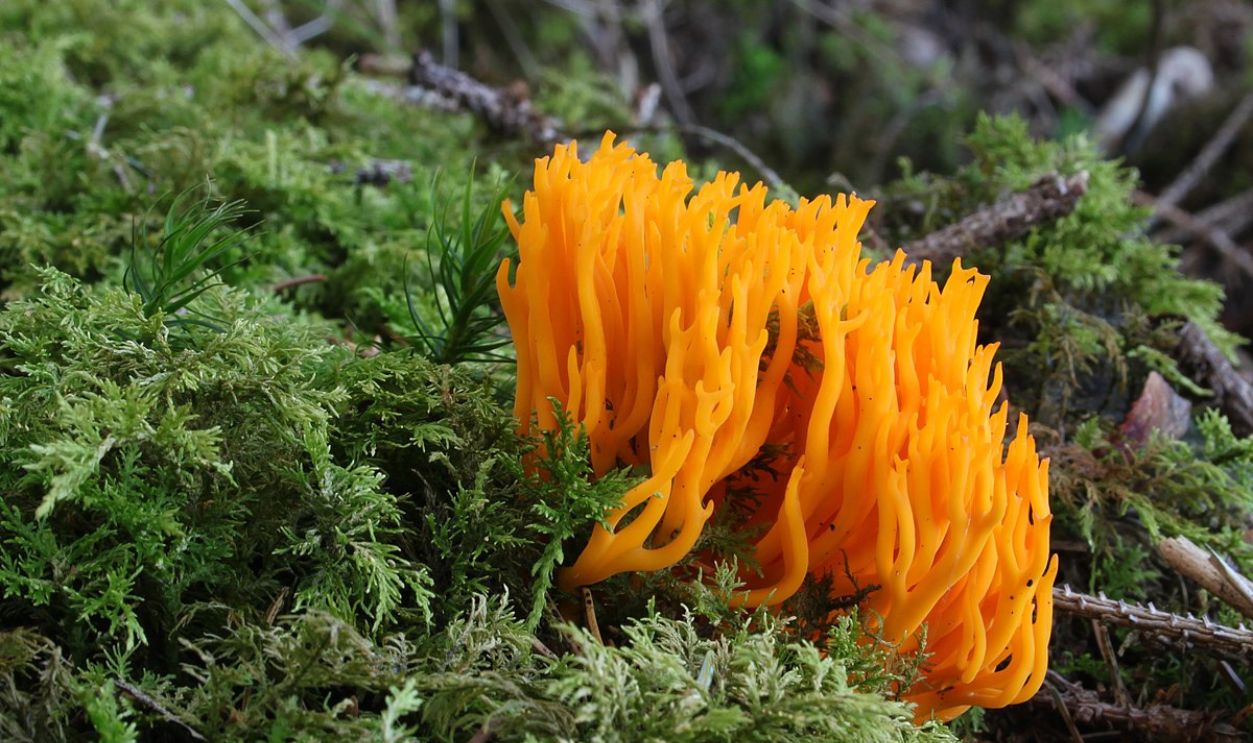 Holger Krisp, CC BY 3.0, Wikimedia Commons
Holger Krisp, CC BY 3.0, Wikimedia Commons
It May Have Been A Seasonal Bloomer
Most modern plants follow seasonal cycles, blooming at specific times of the year. Othniophyton’s preserved reproductive structures suggest it may have followed an unusual pattern—perhaps blooming multiple times a year or under specific environmental triggers. If true, this would set it apart from most known flowering plants.
It May Have Been An Evolutionary Experiment
Nature is somewhat of a scientist, too. Othniophyton could have been part of an evolutionary trial-and-error phase where plants explored alternative reproductive strategies. Whatever it was trying, it clearly didn’t work in the long run, as no direct descendants survived.
Could It Have Influenced Other Ancient Plants?
Chickens came from dinosaurs, and the same goes for plants. This one might have coexisted with early relatives of today’s flowering plants and may have even provided competition or even genetic inspiration before its lineage vanished. Fossils of its plant neighbors may hold more clues.
Its Fossilized Imprints Suggest Soft Tissue Preservation
Most plant fossils preserve only structural details, but Othniophyton’s imprints hint at the presence of delicate tissues. This suggests rapid fossilization, possibly from volcanic ash or a sudden sediment dump, capturing fine details rarely seen in fossilized flowering plants.
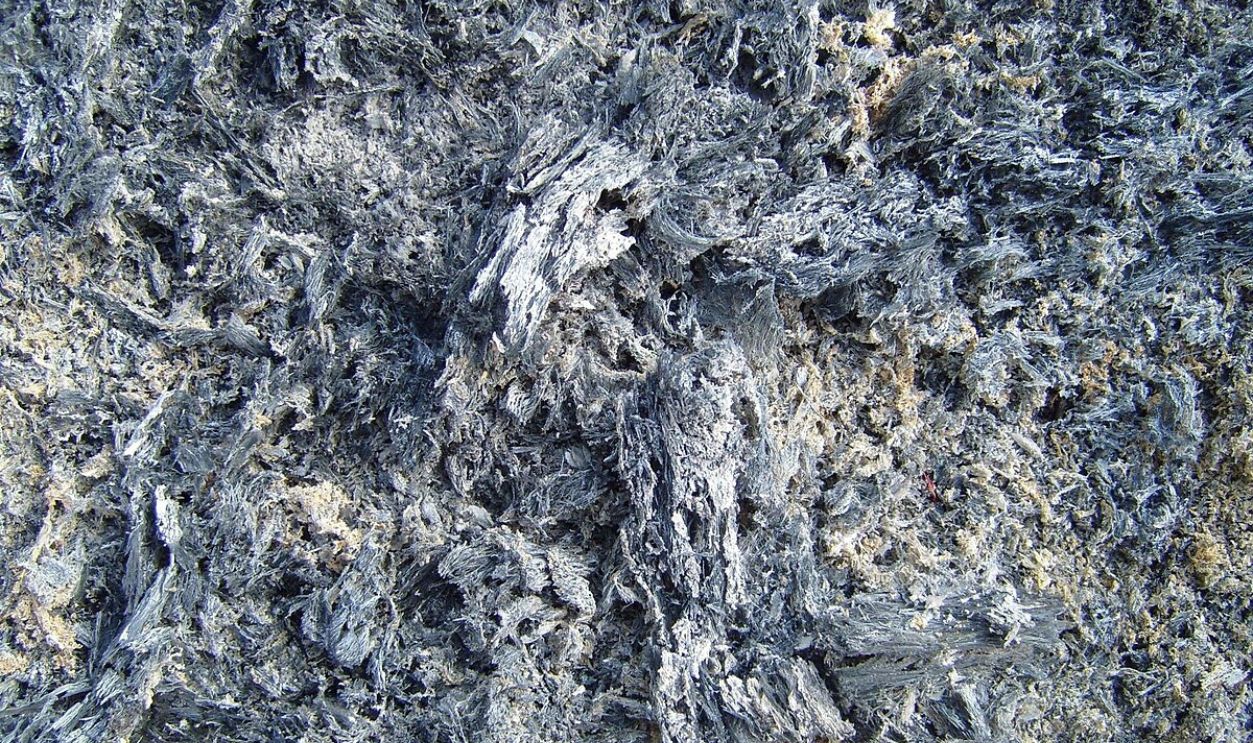 Titus Tscharntke, Wikimedia Commons
Titus Tscharntke, Wikimedia Commons
Its Fossilized Fruits Hold Unanswered Questions
Scientists know Othniophyton produced fruits, but what kind? Were they edible? Did ancient animals eat them? Without preserved seeds, researchers can only speculate. If more fossils emerge with intact fruit structures, they could reveal clues about its role in prehistoric food chains.
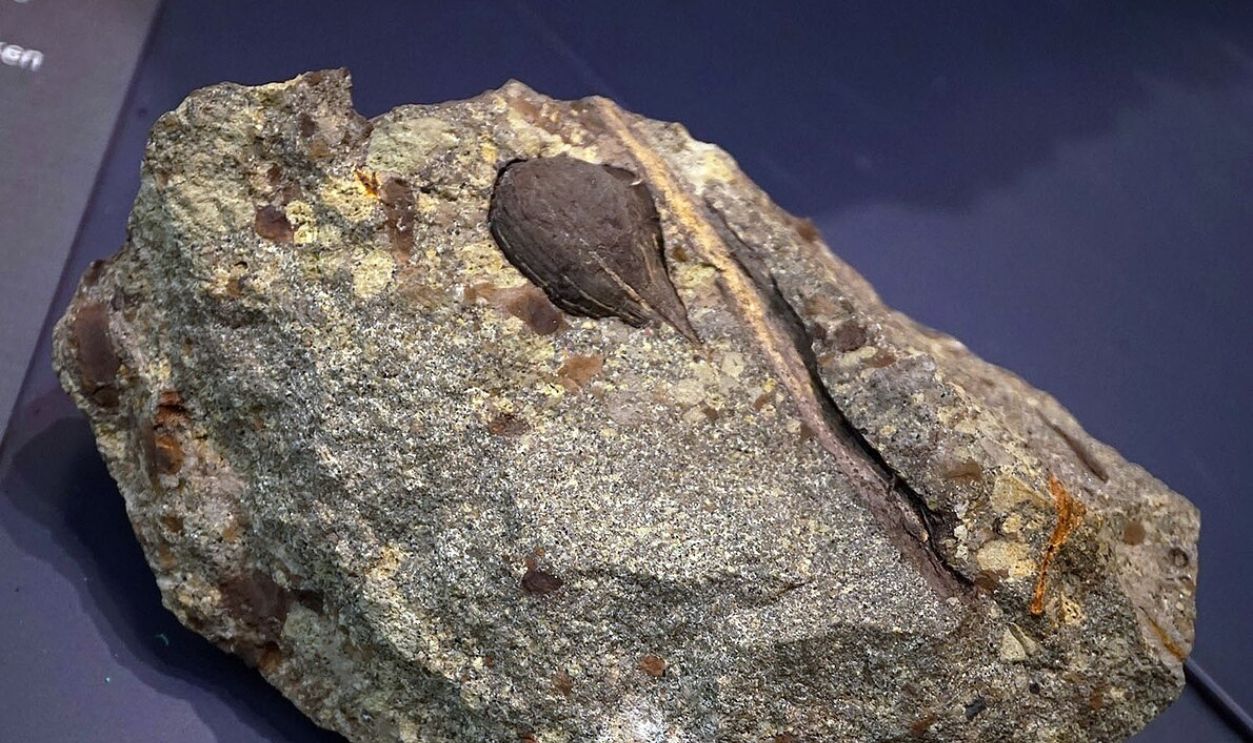 Tiia Monto, CC BY-SA 3.0, Wikimedia Commons
Tiia Monto, CC BY-SA 3.0, Wikimedia Commons
Its Ecosystem May Have Disappeared With It
Ecosystems evolve, and this one may have been no different. This plant might perhaps be a part of a community that no longer exists. If its environment changed too quickly, its entire habitat—along with any co-evolving plants or pollinators—may have collapsed.
Its Fossil Leaves Clues To Future Discoveries
The good thing about all of this is that distinct features are now recognized. This has opened the door for scientists to look for similar species elsewhere. The more Othniophyton-like fossils we find, the better we understand how diverse prehistoric plants were and whether more “alien plants” once flourished across ancient Earth.
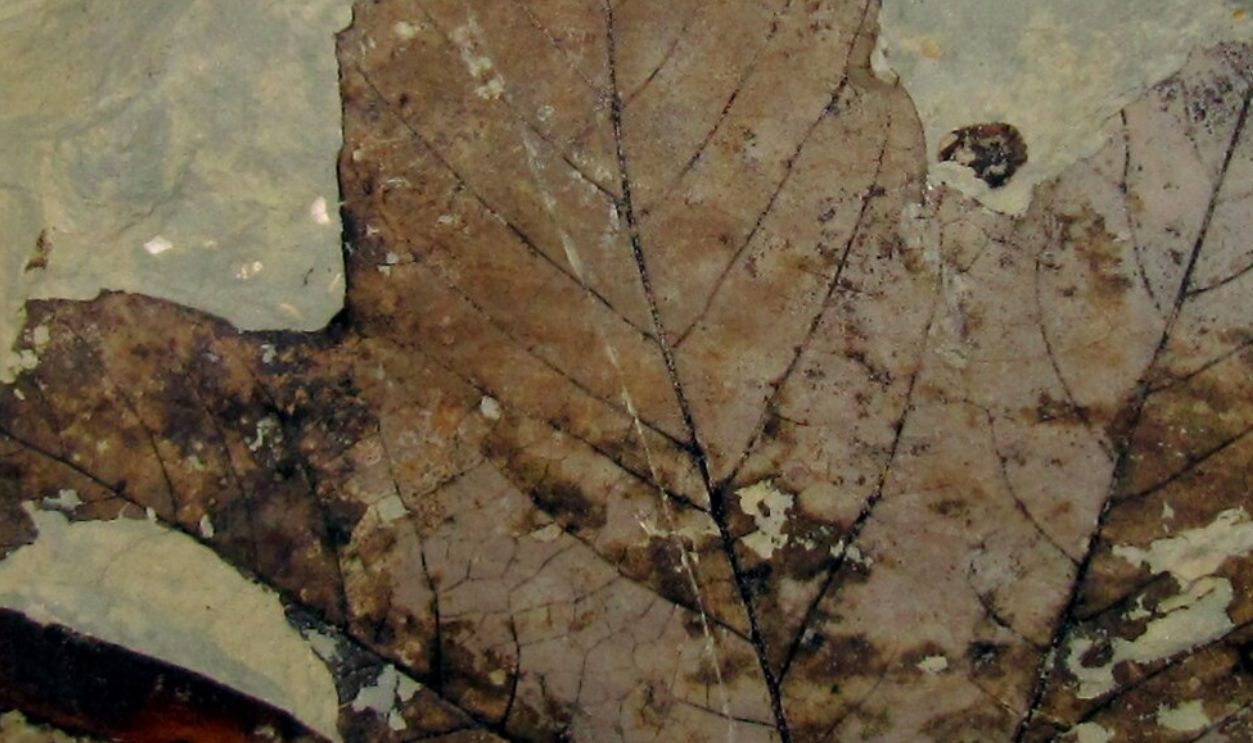 Georgialh, CC BY-SA 3.0, Wikimedia Commons
Georgialh, CC BY-SA 3.0, Wikimedia Commons
AI May Reveal More Fossil Secrets
Traditional fossil analysis relies on manual comparisons, but artificial intelligence is changing the game. AI-driven pattern recognition could identify similarities between Othniophyton and other extinct plants, revealing evolutionary connections that human researchers might miss.
 Jernej Furman from Slovenia, CC BY 2.0, Wikimedia Commons
Jernej Furman from Slovenia, CC BY 2.0, Wikimedia Commons
Future Expeditions Might Find Its Missing Relatives
If Othniophyton was part of a larger family, more fossils must exist somewhere. Future excavations in the Green River Formation or other Eocene fossil sites could uncover related species, finally placing Othniophyton within a broader evolutionary context.
Could It Inspire Bioengineering?
As we look towards the future, we look towards more. Scientists refer to ancient species for inspiration in designing resilient crops. If Othniophyton’s unique reproductive traits had survival benefits, modern botanists might one day study its structure to enhance modern plants.
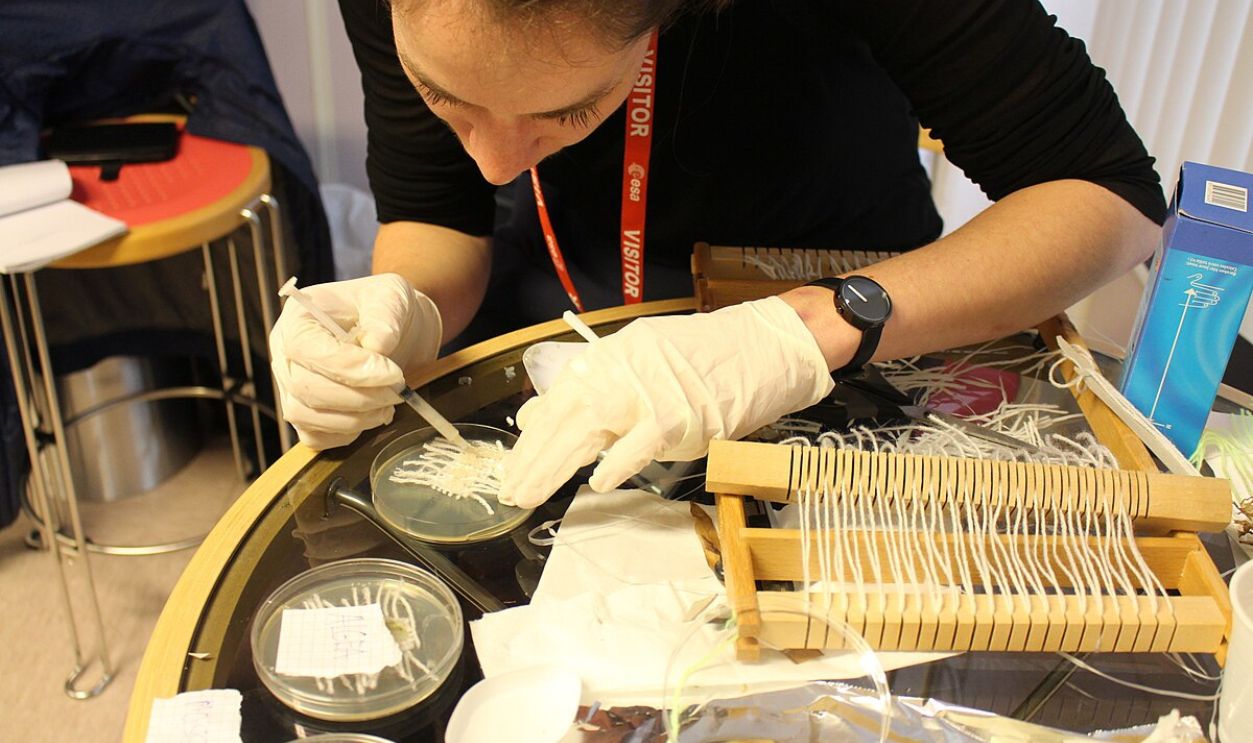 astro_matt, CC BY-SA 2.0, Wikimedia Commons
astro_matt, CC BY-SA 2.0, Wikimedia Commons
The Greatest Mystery
For every Othniophyton, there are countless other extinct species waiting to be found. The fossil record is incomplete, meaning more “alien plants” could be buried beneath ancient rock layers, ready to challenge everything we know about Earth’s prehistoric flora.





